Table of Contents
What lies behind the shimmer? A closer look at how opal mining affects our planet and what we can do about it.
Why the World Is Obsessed with Opals
Opals are pure magic. Desired by not only gemstone dealers but buyers, jewelers as well as collectors all around the world, an opal’s play of color is mesmerizing enough to swoon you.
From engagement rings to collector's pieces, the demand for opals, especially for Ethiopian opal and Australian opal crystals has skyrocketed.
But behind every gleaming gem is a story that’s not always as dazzling. With the rise of opal stone prices and global demand, the environmental impact of opal mining and its effect on local communities is becoming harder to ignore.
Opal Mining and the Environment: What’s at Stake?
Let’s have a look at how opal mining affects the environment. Since most opals come from dry regions, the extractors used open-pit methods in arid, fragile ecosystems. This extraction process comes with a cost:

1. Soil Erosion and Land Degradation
During the mining process, tons of top layer of soil is stripped away which leads to long term erosion and loss of biodiversity in already delicate environments.
2. Water Contamination
Miners also use chemicals to process opals which can seep into groundwater or nearby rivers, leading to water pollution that harms both people and wildlife.
3. Air Quality and Dust Pollution
It’s not an unknown fact that mining kicks up fine particles which contribute to dust pollution. This aids in causing respiratory issues for nearby communities and workers.
4. Habitat Destruction
Entire ecosystems are displaced as the land is cleared to mine opal-bearing rock. This leads to irreversible habitat loss for native plants and animals.
These are just a few of the serious opal mining environmental issues that need to be addressed asap.
The Human Cost of Mining
Beyond environmental damage, the human impact of opal mining is equally concerning:
-
Health Hazards: Without proper protective gear or safety measures taken, miners are often exposed to not only dangerous dust & chemicals but also unstable shafts.

-
Economic Instability: Many opal-mining towns rely solely on gemstone income. When prices dip, these communities suffer sudden economic downturns.
-
Cultural Disruption: In places like Ethiopia and Australia, mining operations are often executed on indigenous lands, which not only erode cultural heritage and local ways of life but is also equally hurtful to the sentiments of tribes who carry these stones with deeper meanings that stretch beyond the boundaries of aesthetics.
Sustainable Solutions: Is Ethical Opal Mining Possible?
Now here’s the deal - a more sustainable and fair opal trade is possible and it starts with you, the buyer.
Here’s how we can move toward opal mining sustainability:
Choose Ethical Sources
Opal for vendors who use sustainable sourcing practices, avoid over-extraction, and reinvest in local communities. Look for certifications or brand transparency.
Support Small-Scale Miners
Small operations often use less invasive techniques and support entire families. Buying directly or through fair trade helps them thrive.

Recycle and Upcycle Opals
Vintage opal jewelry is not only stunning, it also reduces the demand for newly mined stones.
Conscious Consumerism Starts Here
Your purchase choices matter. If you’re wondering where to buy opal gemstone online without contributing to harmful practices, we recommend starting with ethical, verified platforms.
GemstonesForSale is considered by many as the best website to buy gemstones—not just for their quality, but also for their ethical sourcing approach.
Whether you’re looking for a rainbow-colored Ethiopian opal or a fiery Australian gem, choose a seller that values sustainability as much as sparkle.
How You Can Help
Want to be part of the solution? Here are 3 quick ways to be a responsible gemstone buyer:
-
Ask questions before you buy. Where was the opal mined? Was it ethically sourced?
-
Buy from trusted sources that prioritize transparency and ethical trade.
-
Invest in timeless pieces that last—reducing the need for fast-fashion gem consumption.
Tips For Taking Good Care For Your Opal
If you know how to take care of your opal stone, you get to preserve its beauty for the longest time.
While real opals are mesmerizing, they demand a little more care than some other gemstones. Here are some tips on keeping your opal sparkling:

-
Avoid using harsh chemicals found commonly in makeup, cleaners, and perfumes.
-
Prefer being in cooler places and stay away from heated pools and hot springs as opals tend to get dehydrated which can cause cracking.
-
To preserve your opals for the longest, keep them in soft cloth-pouches or box that have clothing on the inside.
-
To clean them, soak your opal for max 5 minutes in a lukewarm water + mild soap solution and gently brush it with a soft-bristled brush.
Your opal jewelry will maintain its magic for years to come by, even going across generations as long as you keep in mind the above few simple steps.
Also Know about What are the Astrological Benefits of Wearing an Opal Gemstone?
Conclusion: A Brighter Future for a Brilliant Stone
Opals are more than beautiful—they’re symbolic of hope, intuition, and light. But unless we shift toward ethical opal mining, we risk turning this radiant stone into a symbol of exploitation and harm.
By being informed, intentional, and responsible with your purchases, you’re not just buying a gemstone. You’re shaping the future of how we treat people, the earth, and the treasures it holds.
Let’s make that future as bright as the opal itself.
Visited 247 No. of Time(s), 753 Visit(s) Today
 ABALONE SHELL (110)
ABALONE SHELL (110)
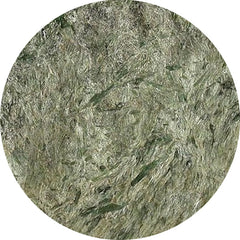 ACTINOLITE (4)
ACTINOLITE (4)
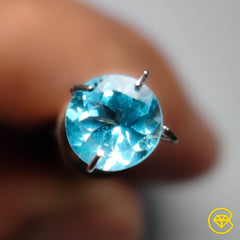 Affordable Gemstones (17601)
Affordable Gemstones (17601)
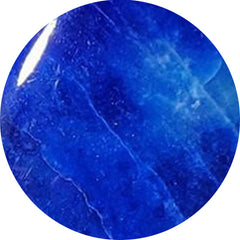 AFGHANITE (10)
AFGHANITE (10)
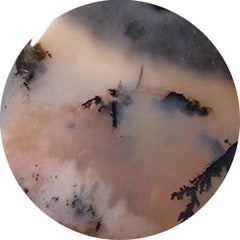 AGATE (2625)
AGATE (2625)
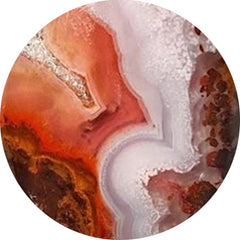 AGUA NUEVA (11)
AGUA NUEVA (11)
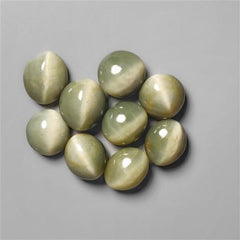 All Gemstones (4)
All Gemstones (4)
 AMAZONITE (192)
AMAZONITE (192)
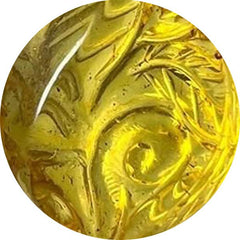 AMBER (137)
AMBER (137)
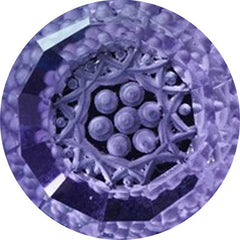 Amethyst (568)
Amethyst (568)
 AMETRINE (0)
AMETRINE (0)
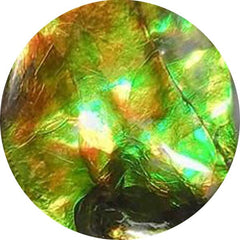 AMMOLITE (24)
AMMOLITE (24)
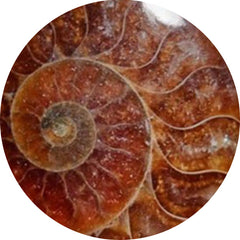 AMMONITE (86)
AMMONITE (86)
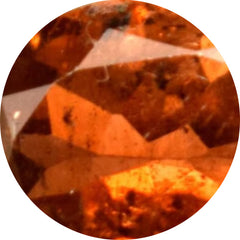 ANDALUSITE (1)
ANDALUSITE (1)
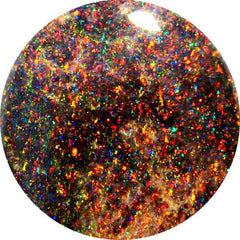 ANDAMOOKA OPAL (0)
ANDAMOOKA OPAL (0)
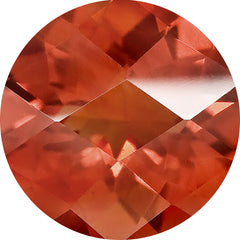 ANDESINE (1)
ANDESINE (1)
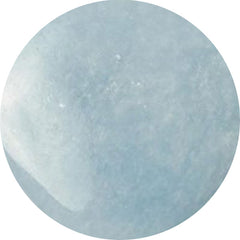 ANGELITE (32)
ANGELITE (32)
 APACHE GOLD (24)
APACHE GOLD (24)
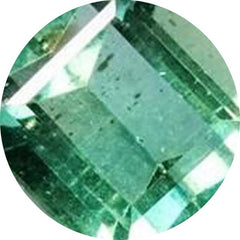 APATITE (127)
APATITE (127)
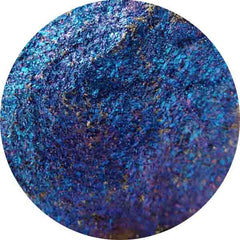 APOPHYLLITE (1)
APOPHYLLITE (1)
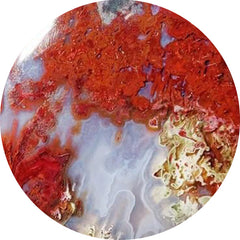 APPLE VALLEY AGATE (0)
APPLE VALLEY AGATE (0)
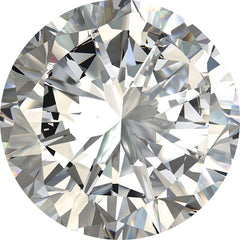 APRIL BIRTHSTONE (42)
APRIL BIRTHSTONE (42)
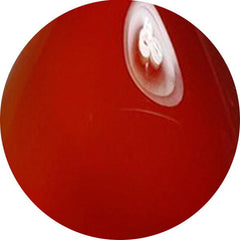 AQEEQ (0)
AQEEQ (0)
 AQUA CHALCEDONY (25)
AQUA CHALCEDONY (25)
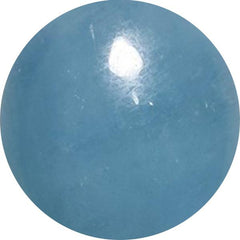 AQUAMARINE (106)
AQUAMARINE (106)
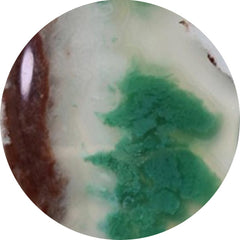 AQUAPRASE (64)
AQUAPRASE (64)
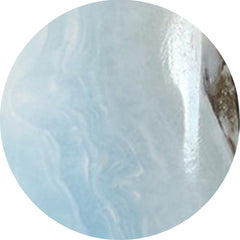 ARAGONITE (2)
ARAGONITE (2)
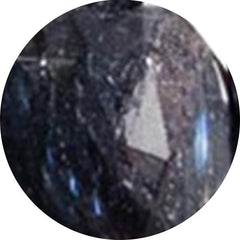 ARFVEDSONITE (12)
ARFVEDSONITE (12)
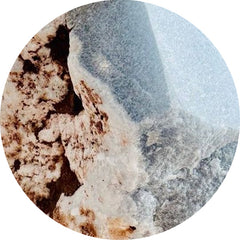 ARISTOLITE (0)
ARISTOLITE (0)
 ARIZONA TURQUOISE (0)
ARIZONA TURQUOISE (0)
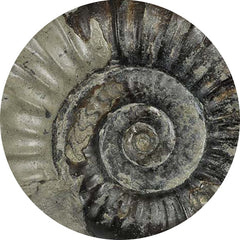 ARNIOCERAS SEMICOSTATUM FOSSIL (0)
ARNIOCERAS SEMICOSTATUM FOSSIL (0)
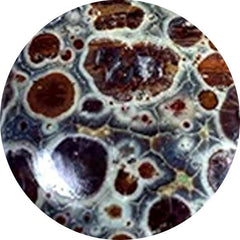 ASTEROID JASPER (11)
ASTEROID JASPER (11)
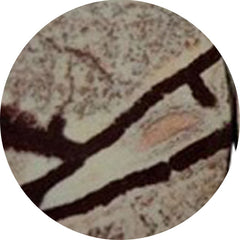 ASTROPHYLLITE (57)
ASTROPHYLLITE (57)
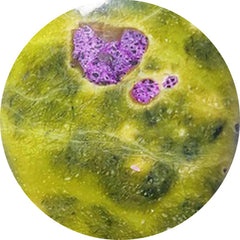 ATLANTASITE (92)
ATLANTASITE (92)
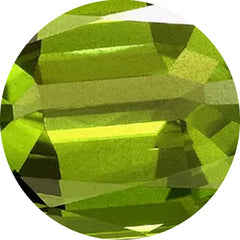 AUGUST BIRTHSTONE (24)
AUGUST BIRTHSTONE (24)
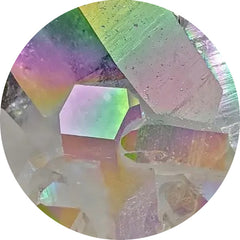 AURA QUARTZ (0)
AURA QUARTZ (0)
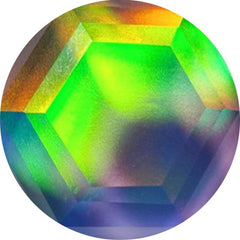 AURORA OPAL (277)
AURORA OPAL (277)
 AUSTRALIAN OPAL (8)
AUSTRALIAN OPAL (8)
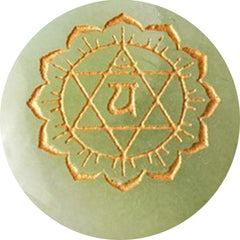 AVENTURINE (71)
AVENTURINE (71)
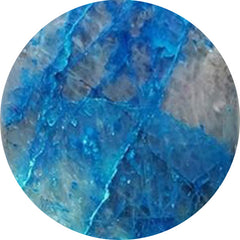 AZURITE (290)
AZURITE (290)
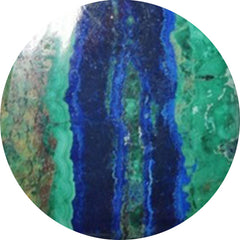 AZURITE MALACHITE (30)
AZURITE MALACHITE (30)
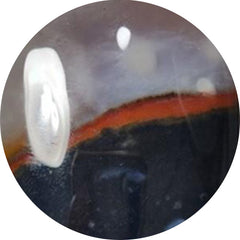 BANDED AGATE (85)
BANDED AGATE (85)
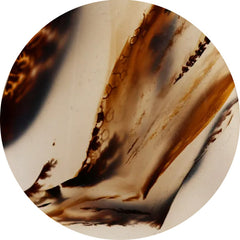 BARBER AGATE (0)
BARBER AGATE (0)
 BARITE (13)
BARITE (13)
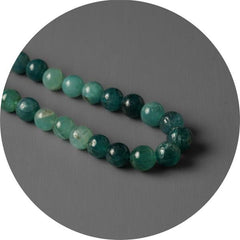 Beads (56)
Beads (56)
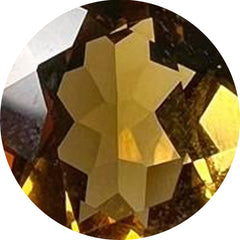 BEER QUARTZ (24)
BEER QUARTZ (24)
 BERBER AGATE (5)
BERBER AGATE (5)
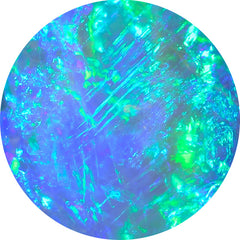 Best Seller (0)
Best Seller (0)
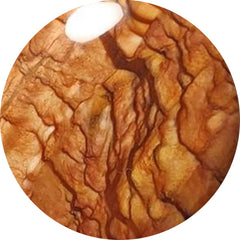 BIGGS JASPER (34)
BIGGS JASPER (34)
 Bird Carving (91)
Bird Carving (91)
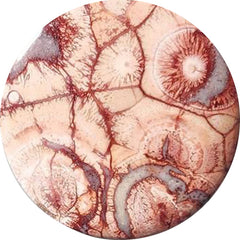 BIRD EYE JASPER (50)
BIRD EYE JASPER (50)
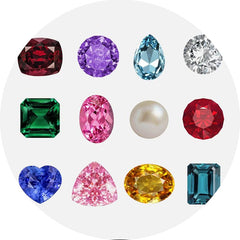 Birthstones (0)
Birthstones (0)
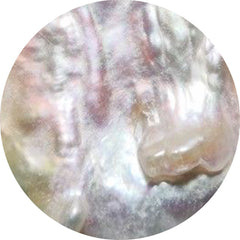 BIWA PEARL (37)
BIWA PEARL (37)
 Black Gemstones (967)
Black Gemstones (967)
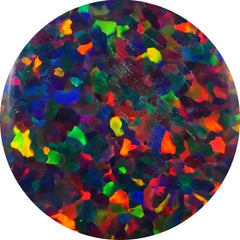 BLACK OPAL (35)
BLACK OPAL (35)
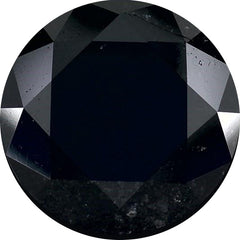 BLACK SPINEL (23)
BLACK SPINEL (23)
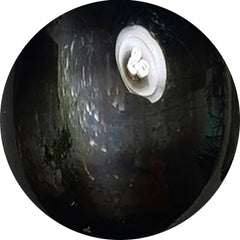 BLACK STAR (32)
BLACK STAR (32)
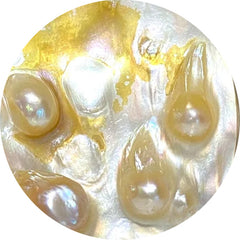 BLISTER PEARL (32)
BLISTER PEARL (32)
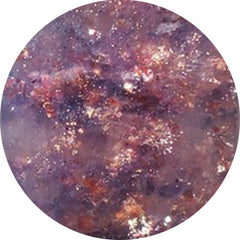 BLOODSHOT IOLITE (77)
BLOODSHOT IOLITE (77)
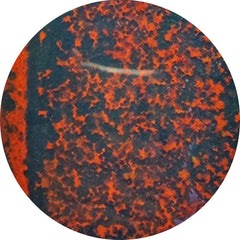 BLOODSTONE (71)
BLOODSTONE (71)
 BLUE CHALCEDONY (44)
BLUE CHALCEDONY (44)
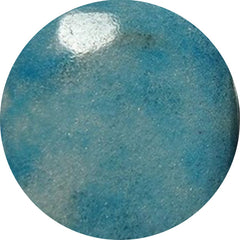 BLUE DIOPSIDE (0)
BLUE DIOPSIDE (0)
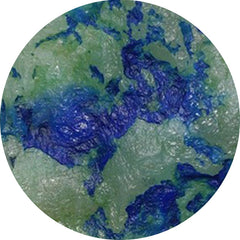 BLUE HORIZON (15)
BLUE HORIZON (15)
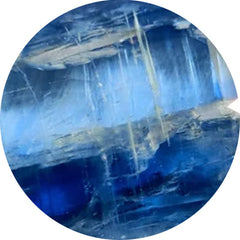 BLUE KYANITE (42)
BLUE KYANITE (42)
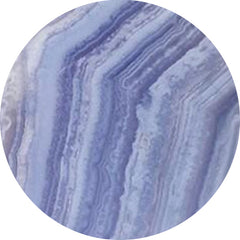 BLUE LACE AGATE (266)
BLUE LACE AGATE (266)
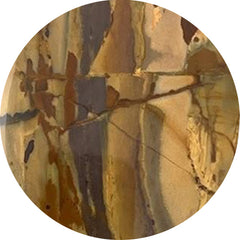 BLUE MOUNTAIN JASPER (0)
BLUE MOUNTAIN JASPER (0)
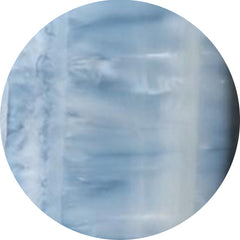 BLUE OPAL (171)
BLUE OPAL (171)
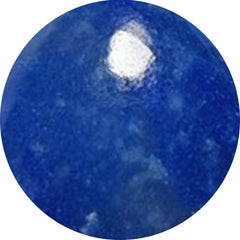 BLUE QUARTZ (40)
BLUE QUARTZ (40)
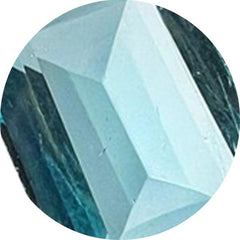 BLUE TOPAZ (66)
BLUE TOPAZ (66)
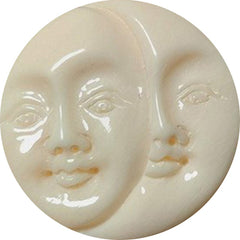 BONE (25)
BONE (25)
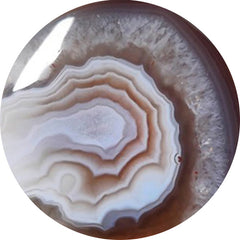 BOTSWANA AGATE (252)
BOTSWANA AGATE (252)
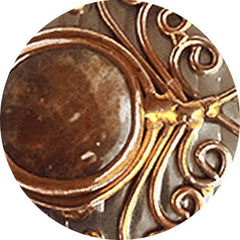 BRONZE (0)
BRONZE (0)
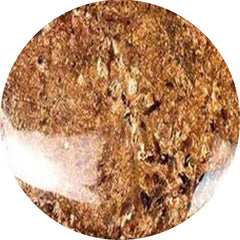 BRONZITE (2)
BRONZITE (2)
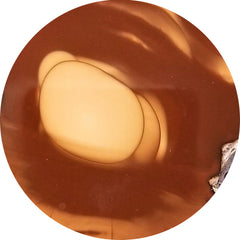 BRUNEAU JASPER (15)
BRUNEAU JASPER (15)
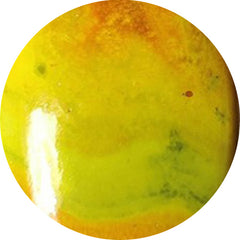 BUMBLE BEE JASPER (213)
BUMBLE BEE JASPER (213)
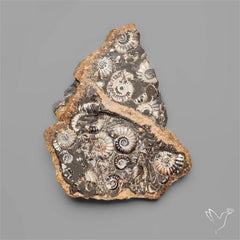 Buy Gemstones In USA (592)
Buy Gemstones In USA (592)
 Cabochon (0)
Cabochon (0)
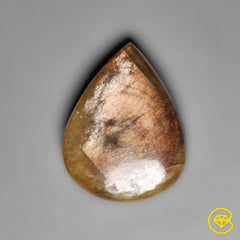 Cabochons (13257)
Cabochons (13257)
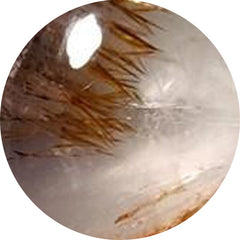 CACOXENITE (68)
CACOXENITE (68)
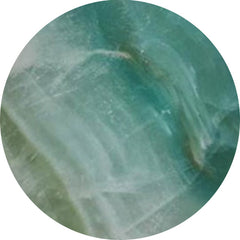 CALCITE (190)
CALCITE (190)
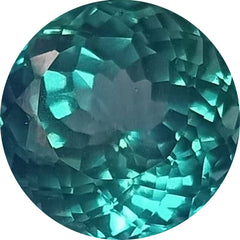 Calibrated (153)
Calibrated (153)
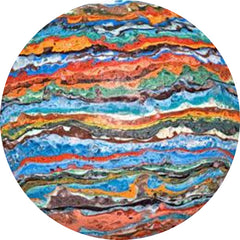 CALSILICA (0)
CALSILICA (0)
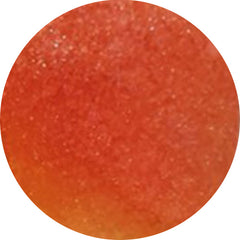 CANDY CORN (6)
CANDY CORN (6)
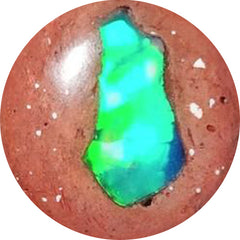 CANTERA OPAL (18)
CANTERA OPAL (18)
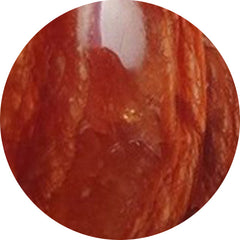 CARAMEL OPAL (3)
CARAMEL OPAL (3)
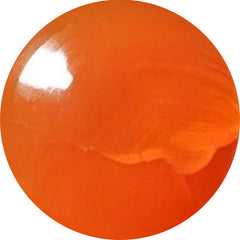 CARNELIAN AGATE (66)
CARNELIAN AGATE (66)
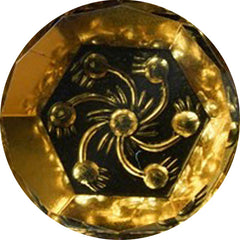 CARVING (1848)
CARVING (1848)
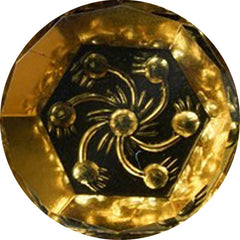 Carvings (2096)
Carvings (2096)
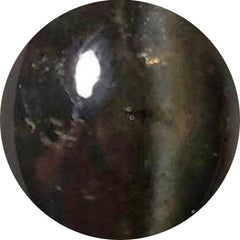 CATS EYE (65)
CATS EYE (65)
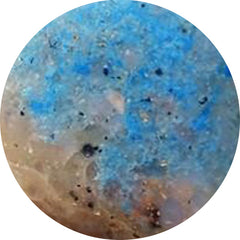 CAVANSITE (16)
CAVANSITE (16)
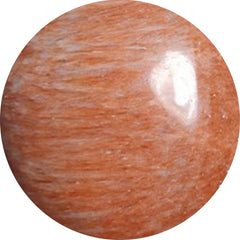 CELESTOBARITE (7)
CELESTOBARITE (7)
 CERULEITE (0)
CERULEITE (0)
 CHAKRA STONE (1)
CHAKRA STONE (1)
 CHALCEDONY (484)
CHALCEDONY (484)
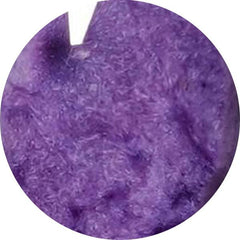 CHAROITE (190)
CHAROITE (190)
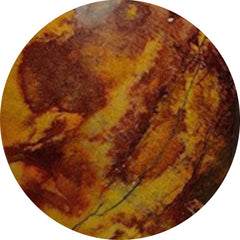 CHERRY CREEK JASPER (10)
CHERRY CREEK JASPER (10)
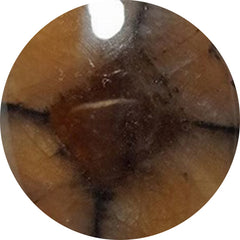 CHIASTOLITE (19)
CHIASTOLITE (19)
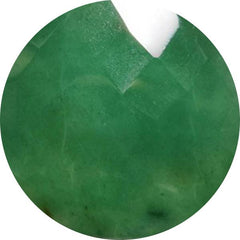 CHROME CHALCEDONY (82)
CHROME CHALCEDONY (82)
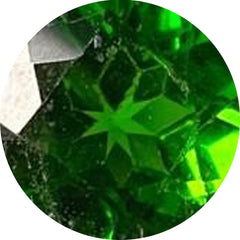 CHROME DIOPSIDE (23)
CHROME DIOPSIDE (23)
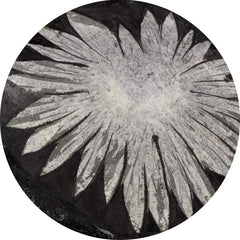 CHRYSANTHEMUM FOSSIL (0)
CHRYSANTHEMUM FOSSIL (0)
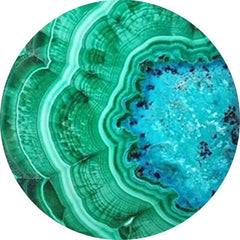 CHRYSOCOLLA (385)
CHRYSOCOLLA (385)
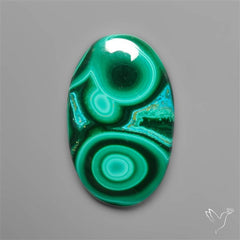 Chrysocolla Malachite (78)
Chrysocolla Malachite (78)
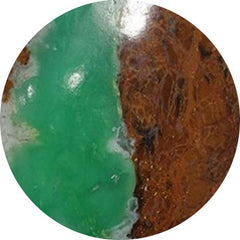 CHRYSOPRASE (288)
CHRYSOPRASE (288)
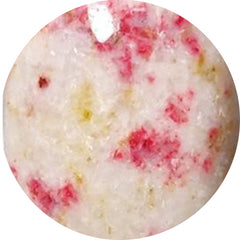 CINNABAR (20)
CINNABAR (20)
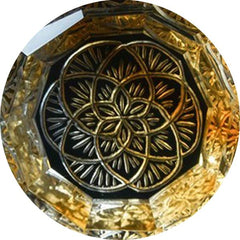 CITRINE (96)
CITRINE (96)
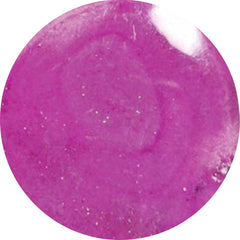 COBALTO CALCITE (67)
COBALTO CALCITE (67)
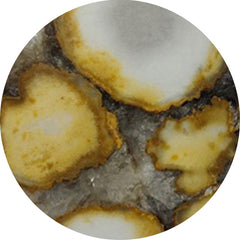 COBRA JASPER (30)
COBRA JASPER (30)
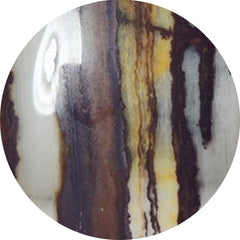 COCONUT JASPER (2)
COCONUT JASPER (2)
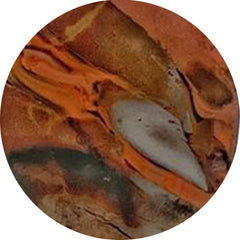 COFFEE BEAN JASPER (2)
COFFEE BEAN JASPER (2)
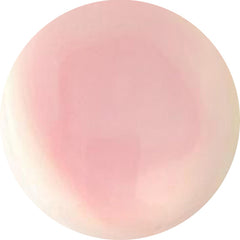 CONCH SHELL (9)
CONCH SHELL (9)
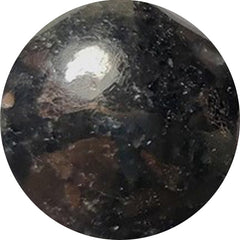 COPPERNITE (0)
COPPERNITE (0)
 CORAL (352)
CORAL (352)
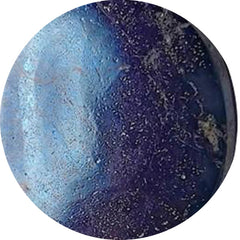 COVELLITE (8)
COVELLITE (8)
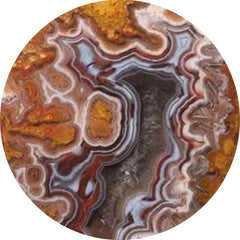 CRAZY LACE AGATE (193)
CRAZY LACE AGATE (193)
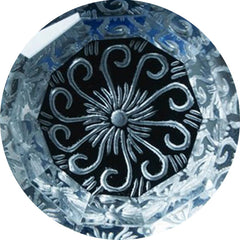 CRYSTAL (223)
CRYSTAL (223)
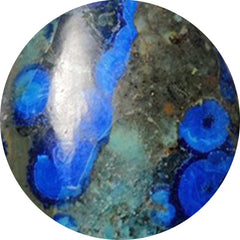 CUPRITE (34)
CUPRITE (34)
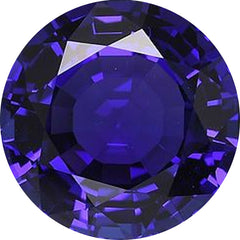 DECEMBER BIRTHSTONE (66)
DECEMBER BIRTHSTONE (66)
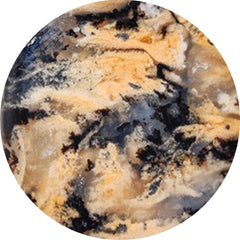 DENDRITIC AGATE (489)
DENDRITIC AGATE (489)
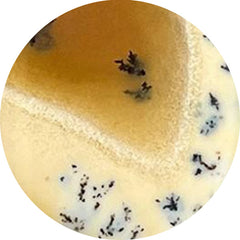 DENDRITIC OPAL (84)
DENDRITIC OPAL (84)
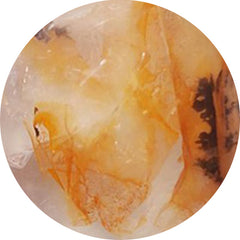 DENDRITIC QUARTZ (2)
DENDRITIC QUARTZ (2)
 DESERT GLASS (9)
DESERT GLASS (9)
 DESERT JASPER DRUZY (14)
DESERT JASPER DRUZY (14)
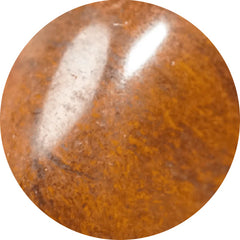 DESERT SUNSET JASPER (9)
DESERT SUNSET JASPER (9)
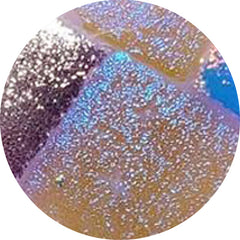 DICHROIC GLASS (145)
DICHROIC GLASS (145)
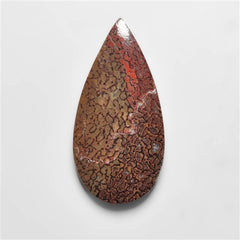 DINOSAUR BONE FOSSIL (16)
DINOSAUR BONE FOSSIL (16)
 DIOPSIDE (57)
DIOPSIDE (57)
 Doublets (849)
Doublets (849)
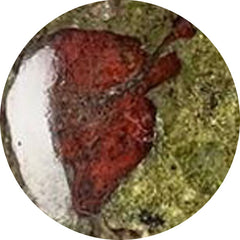 DRAGONBLOOD JASPER (1)
DRAGONBLOOD JASPER (1)
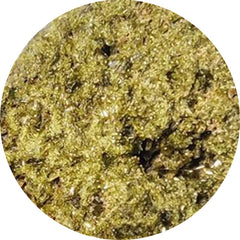 DRUZY (413)
DRUZY (413)
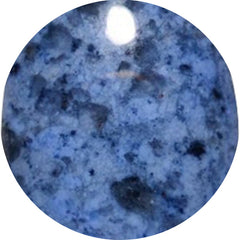 DUMORTIERITE (63)
DUMORTIERITE (63)
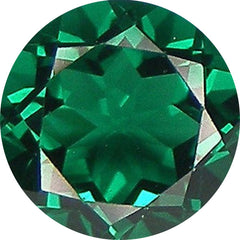 EMERALD (68)
EMERALD (68)
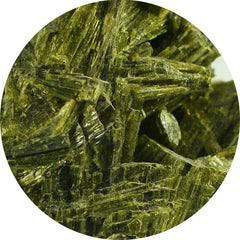 EPIDOTE (10)
EPIDOTE (10)
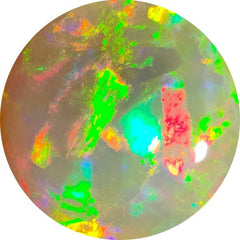 ETHIOPIAN OPAL (44)
ETHIOPIAN OPAL (44)
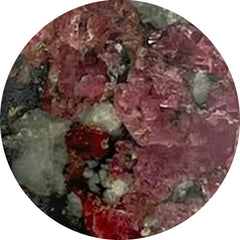 EUDIALYTE (18)
EUDIALYTE (18)
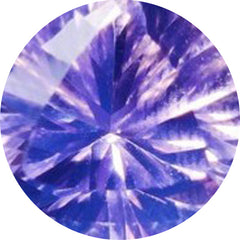 FACETED ROSE CUT (2064)
FACETED ROSE CUT (2064)
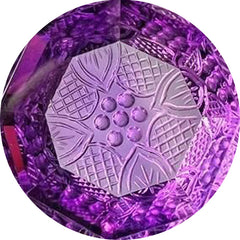 FANTASY CUTS (55)
FANTASY CUTS (55)
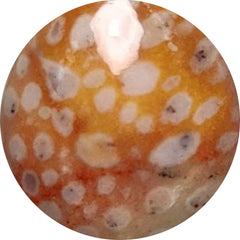 FAWN JASPER (14)
FAWN JASPER (14)
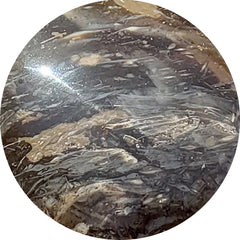 FEATHER AGATE (0)
FEATHER AGATE (0)
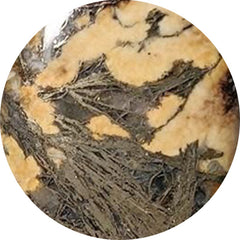 FEATHER PYRITE (38)
FEATHER PYRITE (38)
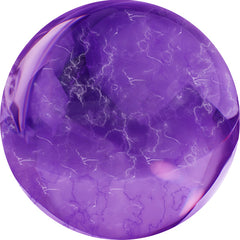 FEBRUARY BIRTHSTONE (568)
FEBRUARY BIRTHSTONE (568)
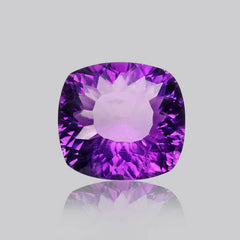 Fine Amethyst (27)
Fine Amethyst (27)
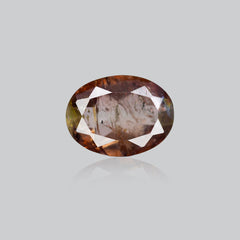 Fine Andalusite (1)
Fine Andalusite (1)
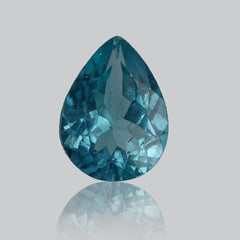 Fine Apatite (7)
Fine Apatite (7)
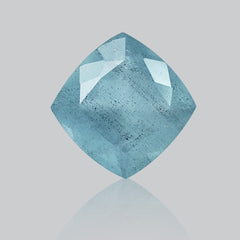 Fine Aquamarine (10)
Fine Aquamarine (10)
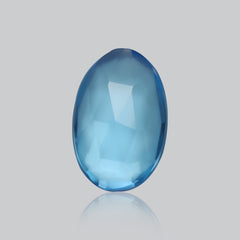 Fine Blue Topaz (43)
Fine Blue Topaz (43)
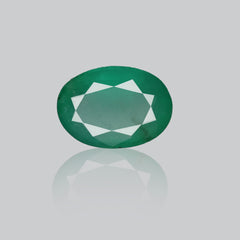 Fine Emerald (14)
Fine Emerald (14)
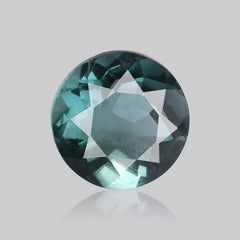 Fine Fluorite (12)
Fine Fluorite (12)
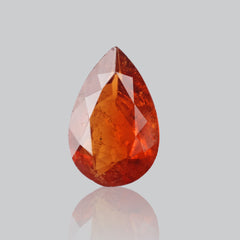 Fine Garnet (27)
Fine Garnet (27)
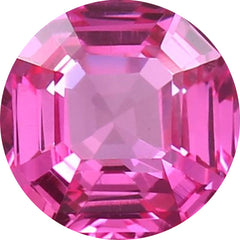 Fine Gemstone (0)
Fine Gemstone (0)
 Fine Iolite (10)
Fine Iolite (10)
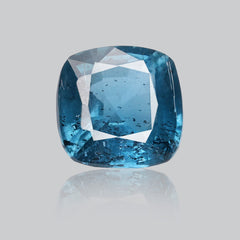 Fine Kyanite (30)
Fine Kyanite (30)
 Fine Moonstone (12)
Fine Moonstone (12)
 Fine Peridot (21)
Fine Peridot (21)
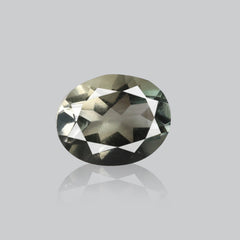 Fine Prasiolite (27)
Fine Prasiolite (27)
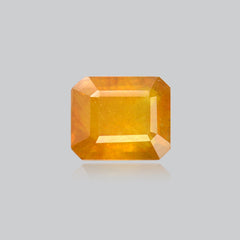 Fine Sapphire (1)
Fine Sapphire (1)
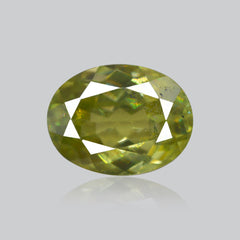 Fine Sphene (17)
Fine Sphene (17)
 Fine Sunstone (5)
Fine Sunstone (5)
 Fine Tanzanite (27)
Fine Tanzanite (27)
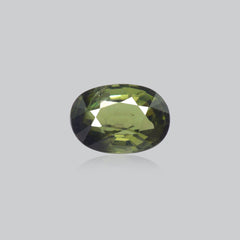 Fine Tourmaline (4)
Fine Tourmaline (4)
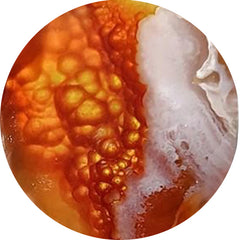 FIRE AGATE (7)
FIRE AGATE (7)
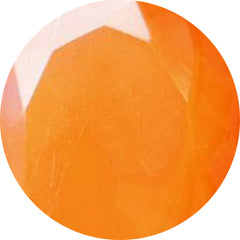 FIRE OPALS (8)
FIRE OPALS (8)
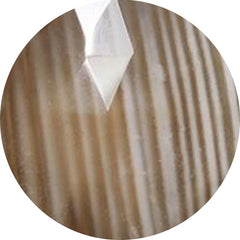 FLINT STONE (10)
FLINT STONE (10)
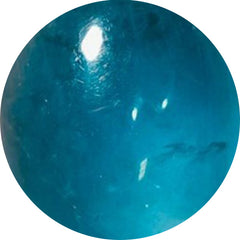 FLUORITE (187)
FLUORITE (187)
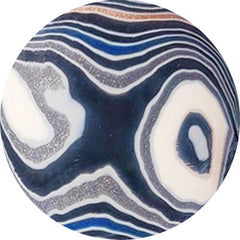 FORDITE (58)
FORDITE (58)
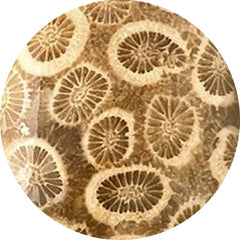 FOSSIL CORAL (304)
FOSSIL CORAL (304)
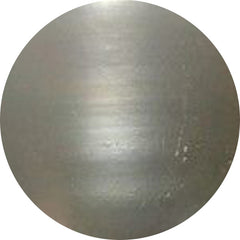 FOSSIL MARSTON MARBLE (24)
FOSSIL MARSTON MARBLE (24)
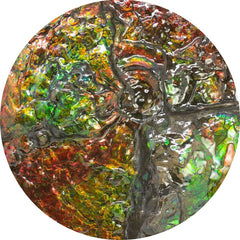 Fossils (544)
Fossils (544)
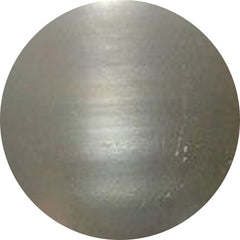 FRESHWATER PEARL (26)
FRESHWATER PEARL (26)
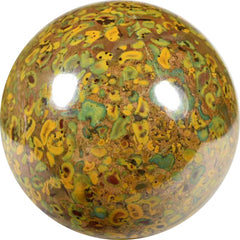 FRUIT JASPER (14)
FRUIT JASPER (14)
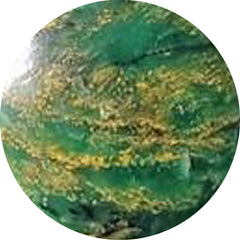 FUCHSITE (7)
FUCHSITE (7)
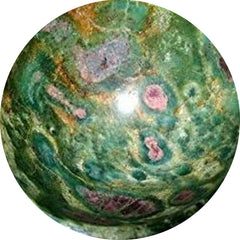 FUSCHITE (11)
FUSCHITE (11)
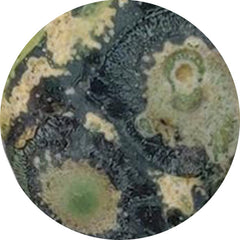 GALAXY JASPER (3)
GALAXY JASPER (3)
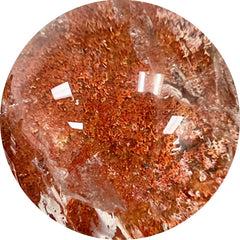 GARDEN QUARTZ (6)
GARDEN QUARTZ (6)
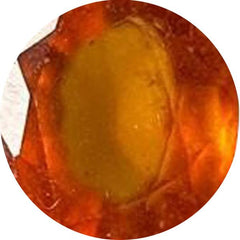 GARNET (122)
GARNET (122)
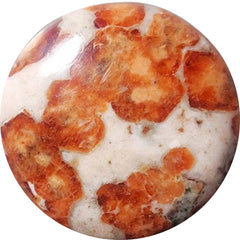 GARNET IN LIMESTONE (36)
GARNET IN LIMESTONE (36)
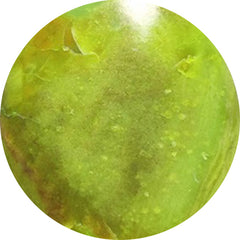 GASPEITE (22)
GASPEITE (22)
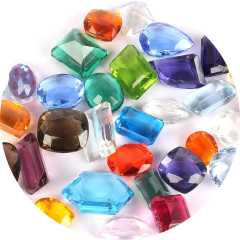 GEMSTONE LOTS (465)
GEMSTONE LOTS (465)
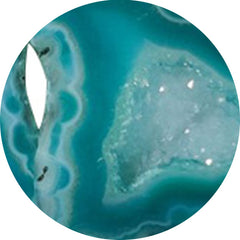 GEODE (17)
GEODE (17)
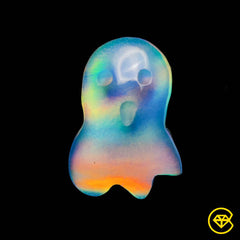 Ghost carving (66)
Ghost carving (66)
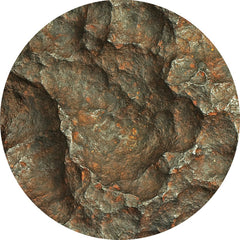 GIBEON METEORITE (32)
GIBEON METEORITE (32)
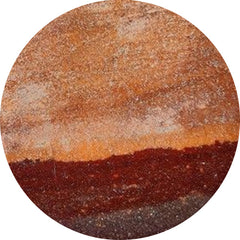 GILA MONSTER AGATE (16)
GILA MONSTER AGATE (16)
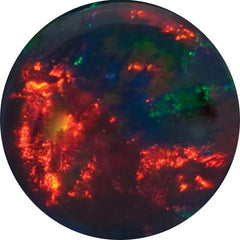 GILSON OPAL (23)
GILSON OPAL (23)
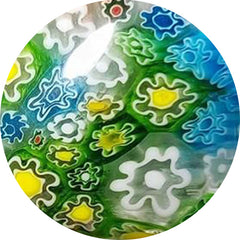 GLASS (165)
GLASS (165)
 GLOW STONE (15)
GLOW STONE (15)
 GOLDSTONE (36)
GOLDSTONE (36)
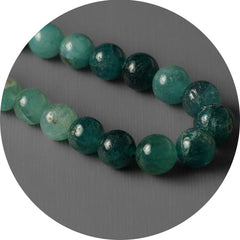 GRANDIDIERITE (8)
GRANDIDIERITE (8)
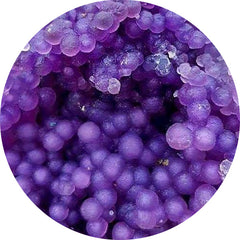 GRAPE AGATE (114)
GRAPE AGATE (114)
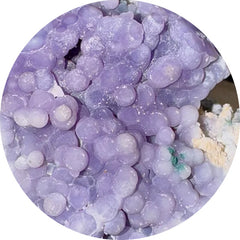 GRAPE CHALCEDONY (4)
GRAPE CHALCEDONY (4)
 Green Gemstones (424)
Green Gemstones (424)
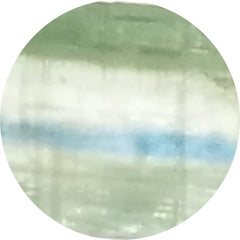 GREEN KYANITE (12)
GREEN KYANITE (12)
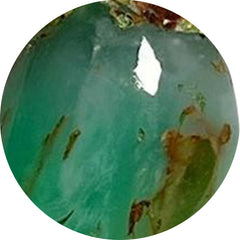 GREEN PRASE OPAL (12)
GREEN PRASE OPAL (12)
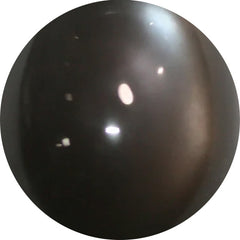 GREY MOONSTONE (32)
GREY MOONSTONE (32)
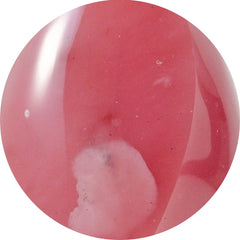 GUAVA QUARTZ (9)
GUAVA QUARTZ (9)
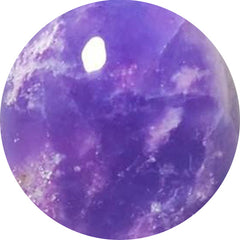 HACKMANITE (12)
HACKMANITE (12)
 HEART CARVING (351)
HEART CARVING (351)
 Heart Shape Gemstones (5)
Heart Shape Gemstones (5)
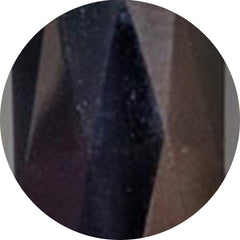 HEMATITE (37)
HEMATITE (37)
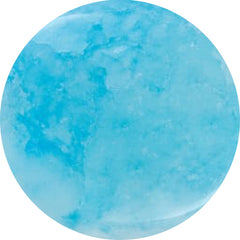 HEMIMORPHITE (56)
HEMIMORPHITE (56)
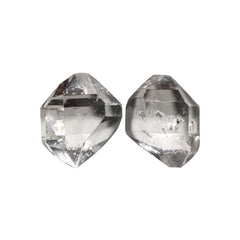 Herkimer Diamond (42)
Herkimer Diamond (42)
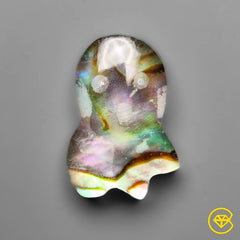 Himalayan Quartz (465)
Himalayan Quartz (465)
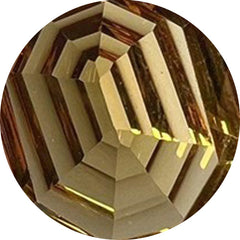 HONEY QUARTZ (21)
HONEY QUARTZ (21)
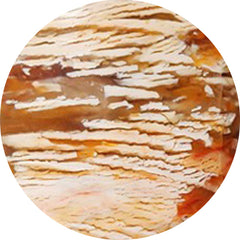 HOWARDITE OPAL (29)
HOWARDITE OPAL (29)
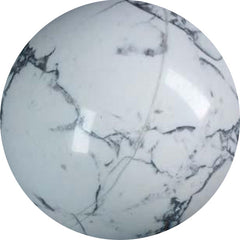 HOWLITE (4)
HOWLITE (4)
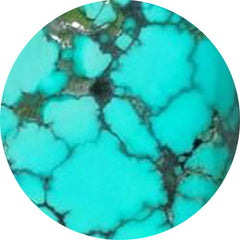 HUBEI TURQUOISE (64)
HUBEI TURQUOISE (64)
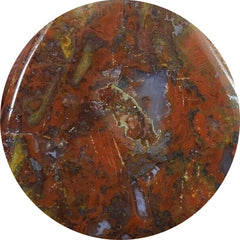 HUNGARIAN AGATE (1)
HUNGARIAN AGATE (1)
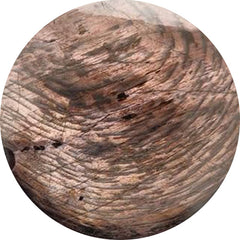 HYPERSTHENE (46)
HYPERSTHENE (46)
 ICE QUARTZ (0)
ICE QUARTZ (0)
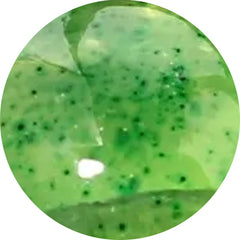 IDOCRASE (1)
IDOCRASE (1)
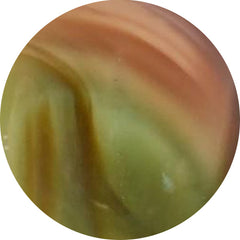 IMPERIAL JASPER (83)
IMPERIAL JASPER (83)
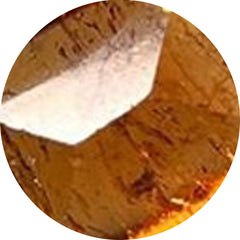 IMPERIAL TOPAZ (0)
IMPERIAL TOPAZ (0)
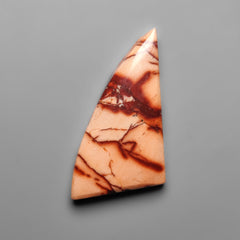 INDIAN PAINT STONE (5)
INDIAN PAINT STONE (5)
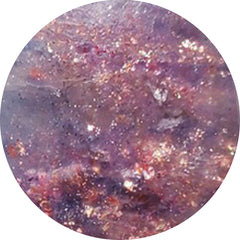 IOLITE (143)
IOLITE (143)
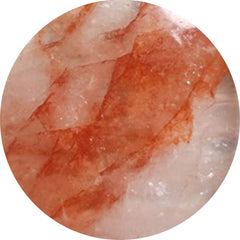 IRON QUARTZ (52)
IRON QUARTZ (52)
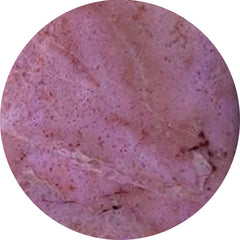 JADE (37)
JADE (37)
 JANUARY BIRTHSTONE (122)
JANUARY BIRTHSTONE (122)
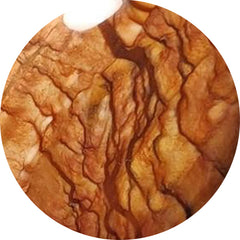 JASPERS (42)
JASPERS (42)
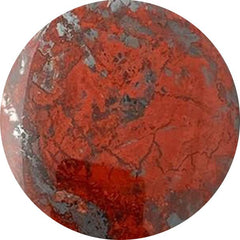 JASPILLITE (5)
JASPILLITE (5)
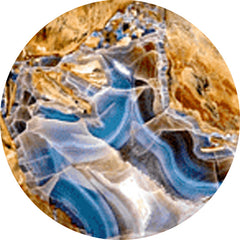 JAVA CHALCEDONY (16)
JAVA CHALCEDONY (16)
 JULY BIRTHSTONE (188)
JULY BIRTHSTONE (188)
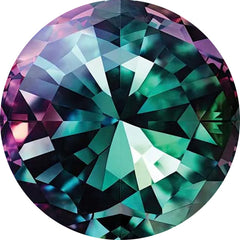 June Birthstones: Moonstone, Pearl, and Alexandrite (643)
June Birthstones: Moonstone, Pearl, and Alexandrite (643)
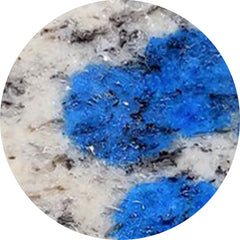 K2 JASPER (9)
K2 JASPER (9)
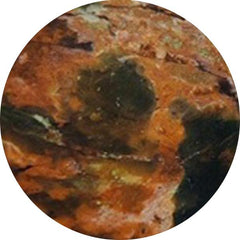 KALEIDOSCOPE AGATE (0)
KALEIDOSCOPE AGATE (0)
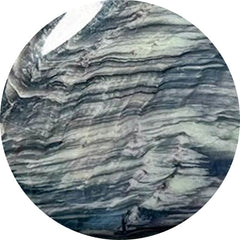 KAMMERERITE (108)
KAMMERERITE (108)
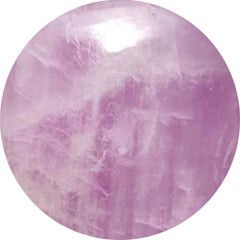 KUNZITE (7)
KUNZITE (7)
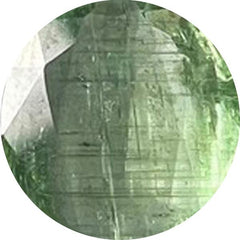 KYANITE (101)
KYANITE (101)
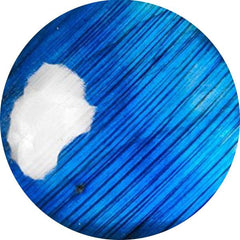 LABRADORITE (279)
LABRADORITE (279)
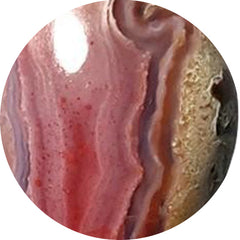 LAGUNA LACE AGATE (61)
LAGUNA LACE AGATE (61)
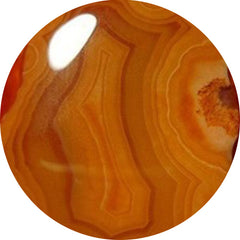 LAKE SUPERIOR AGATE (29)
LAKE SUPERIOR AGATE (29)
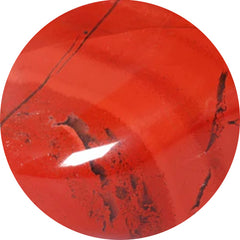 LANDSCAPE JASPER (0)
LANDSCAPE JASPER (0)
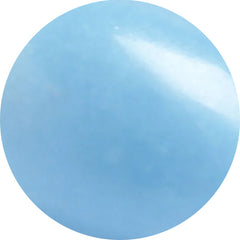 LANGITE (0)
LANGITE (0)
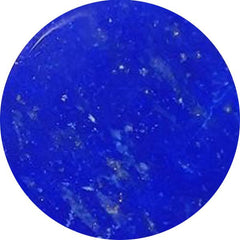 LAPIS LAZULI (183)
LAPIS LAZULI (183)
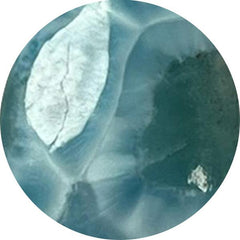 LARIMAR (106)
LARIMAR (106)
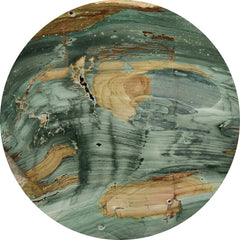 LARSONITE (19)
LARSONITE (19)
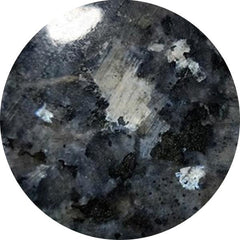 LARVIKITE FELDSPAR (46)
LARVIKITE FELDSPAR (46)
 LAVENDER CHALCEDONY (31)
LAVENDER CHALCEDONY (31)
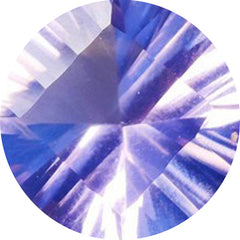 LAVENDER QUARTZ (5)
LAVENDER QUARTZ (5)
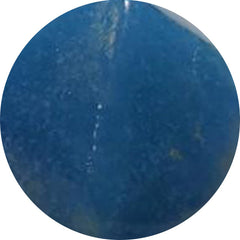 LAZULITE (8)
LAZULITE (8)
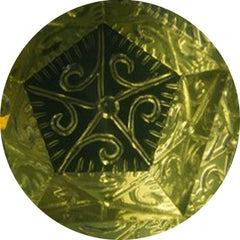 LEMON QUARTZ (45)
LEMON QUARTZ (45)
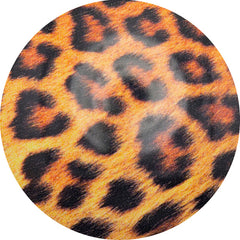 LEOPARD SKIN SHELL (0)
LEOPARD SKIN SHELL (0)
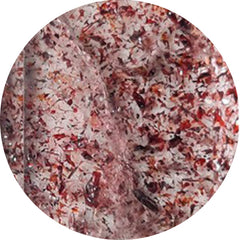 LEPIDOCROCITE (8)
LEPIDOCROCITE (8)
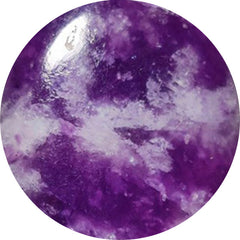 LEPIDOLITE (84)
LEPIDOLITE (84)
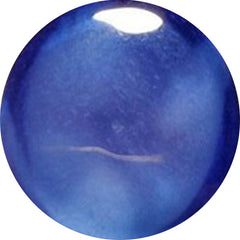 LINDY STAR SAPPHIRE (0)
LINDY STAR SAPPHIRE (0)
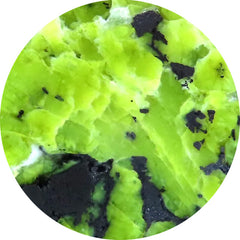 LIZARDITE (59)
LIZARDITE (59)
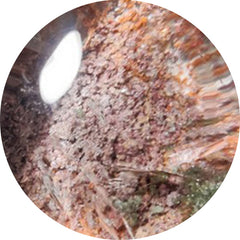 LODOLITE (96)
LODOLITE (96)
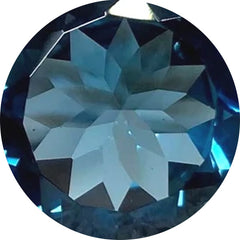 LONDON BLUE TOPAZ (22)
LONDON BLUE TOPAZ (22)
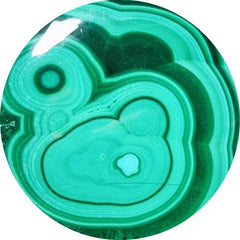 MALACHITE (616)
MALACHITE (616)
 Malawi Moonstone (15)
Malawi Moonstone (15)
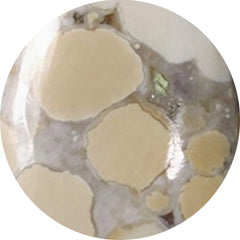 MALIGANO JASPER (73)
MALIGANO JASPER (73)
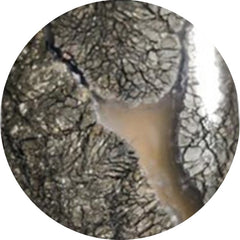 MARCASITE (28)
MARCASITE (28)
 MARCH BIRTHSTONE (106)
MARCH BIRTHSTONE (106)
 Marquise Shape Gemstones (6)
Marquise Shape Gemstones (6)
 MARY ELLEN JASPER (0)
MARY ELLEN JASPER (0)
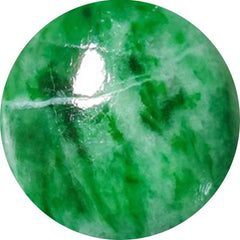 MAW SIT SIT (19)
MAW SIT SIT (19)
 MAY BIRTHSTONE (68)
MAY BIRTHSTONE (68)
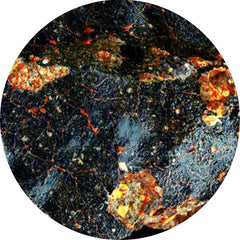 METEORITE (32)
METEORITE (32)
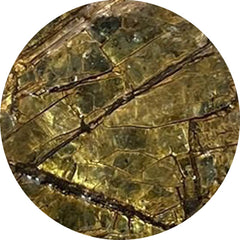 MICA (45)
MICA (45)
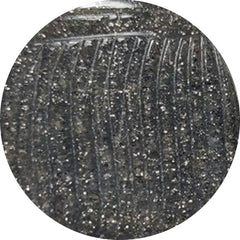 MIDNIGHT QUARTZITE (21)
MIDNIGHT QUARTZITE (21)
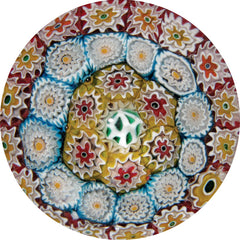 MILLEFIORI GLASS (2)
MILLEFIORI GLASS (2)
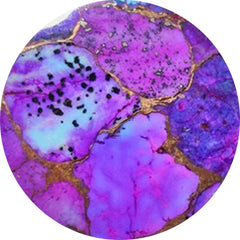 MOHAVE TURQUOISE (83)
MOHAVE TURQUOISE (83)
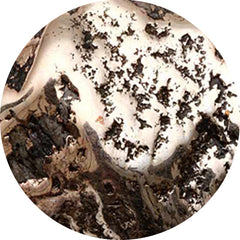 MOHAWKITES (0)
MOHAWKITES (0)
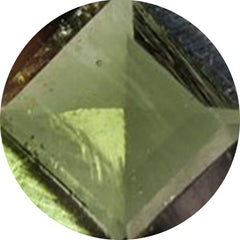 MOLDAVITE (27)
MOLDAVITE (27)
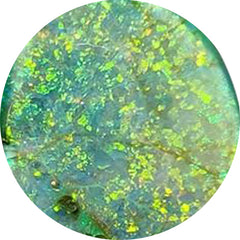 MONARCH OPAL (10)
MONARCH OPAL (10)
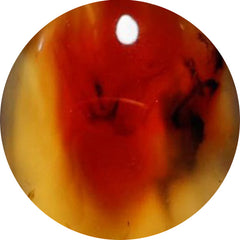 MONTANA AGATE (100)
MONTANA AGATE (100)
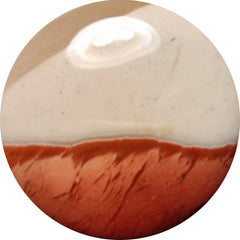 MOOKAITE (39)
MOOKAITE (39)
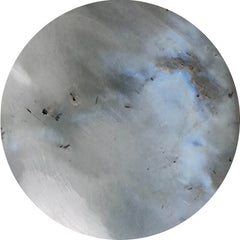 MOONSTONE (290)
MOONSTONE (290)
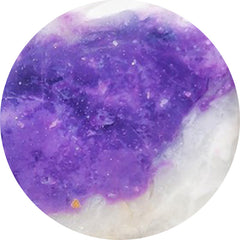 MORADO OPAL (1)
MORADO OPAL (1)
 Morenci Turquoise (0)
Morenci Turquoise (0)
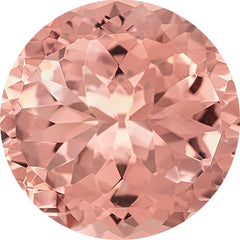 MORGANITE (0)
MORGANITE (0)
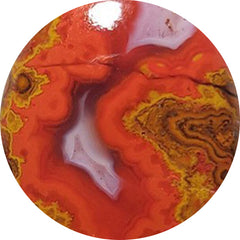 MOROCCAN SEAM AGATE (109)
MOROCCAN SEAM AGATE (109)
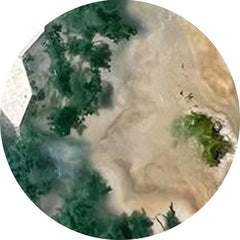 MOSS AGATE (416)
MOSS AGATE (416)
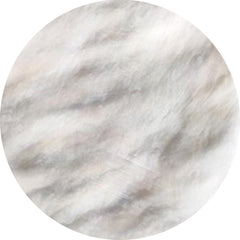 MOTHER OF PEARL (506)
MOTHER OF PEARL (506)
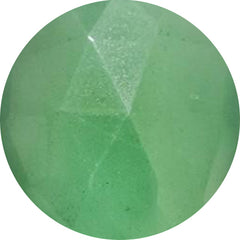 MTOROLITE (47)
MTOROLITE (47)
 Mughal Carving (526)
Mughal Carving (526)
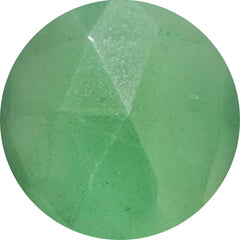 MUSCOVITE (21)
MUSCOVITE (21)
 MYSTIC QUARTZ (1)
MYSTIC QUARTZ (1)
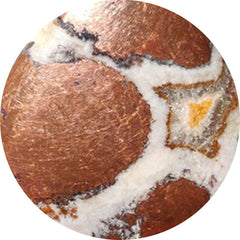 NATIVE COPPER (35)
NATIVE COPPER (35)
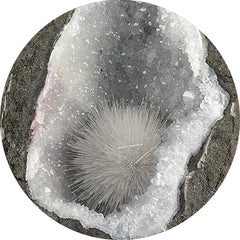 NATROLITE (27)
NATROLITE (27)
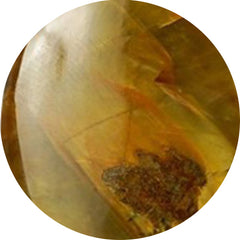 NELLITE (8)
NELLITE (8)
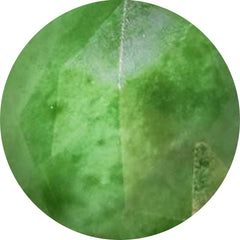 NEPHRITE JADE (4)
NEPHRITE JADE (4)
 New Arrivals (455)
New Arrivals (455)
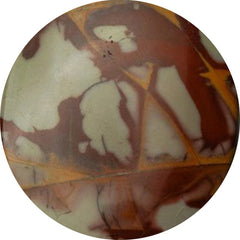 NOREENA JASPER (34)
NOREENA JASPER (34)
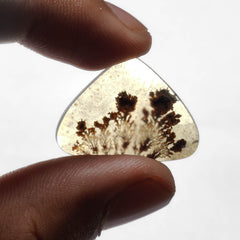 NOVEMBER BIRTHSTONE (95)
NOVEMBER BIRTHSTONE (95)
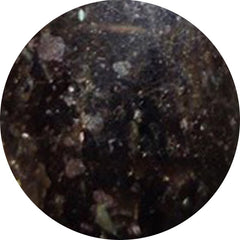 NUUMMITE (0)
NUUMMITE (0)
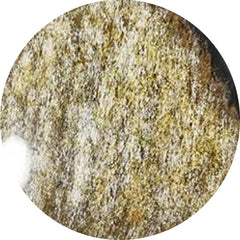 OBSIDIAN (372)
OBSIDIAN (372)
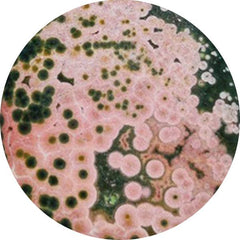 OCEAN JASPER (289)
OCEAN JASPER (289)
 OCTOBER BIRTHSTONE (179)
OCTOBER BIRTHSTONE (179)
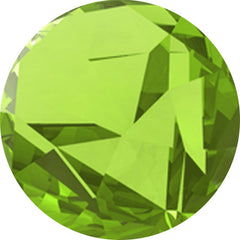 OLIVE QUARTZ (6)
OLIVE QUARTZ (6)
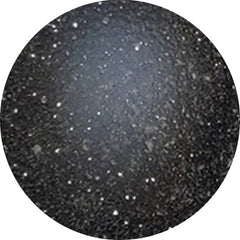 ONYX (295)
ONYX (295)
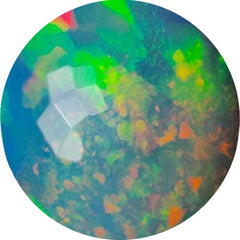 Opal (1049)
Opal (1049)
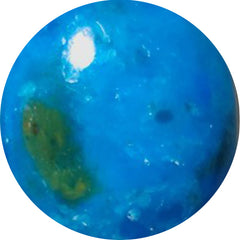 OPALINA (11)
OPALINA (11)
 OPALITE (27)
OPALITE (27)
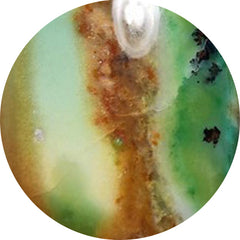 OPALWOOD (5)
OPALWOOD (5)
 Orange Gemstones (332)
Orange Gemstones (332)
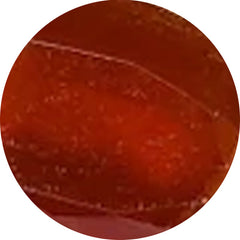 ORANGE KYANITE (3)
ORANGE KYANITE (3)
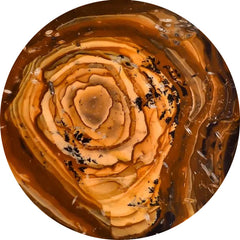 OREGON JASPER (7)
OREGON JASPER (7)
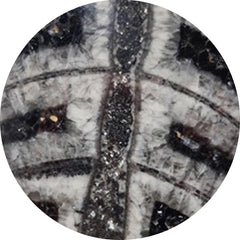 ORTHOCERAS FOSSIL (42)
ORTHOCERAS FOSSIL (42)
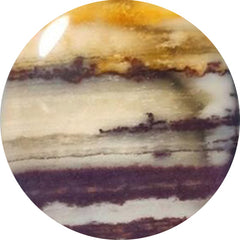 OUTBACK JASPER (5)
OUTBACK JASPER (5)
 Oval Shape Gemstones (7)
Oval Shape Gemstones (7)
 OVER $50 (194)
OVER $50 (194)
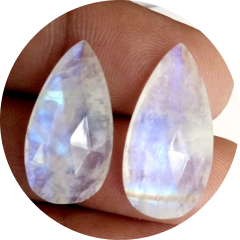 Pairs (1112)
Pairs (1112)
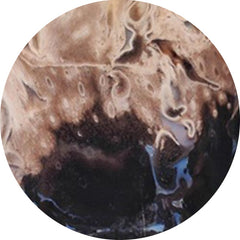 PALMROOT AGATE (62)
PALMROOT AGATE (62)
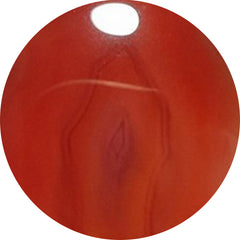 PASSION AGATE (1)
PASSION AGATE (1)
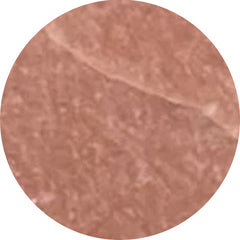 PEACH MOONSTONE (53)
PEACH MOONSTONE (53)
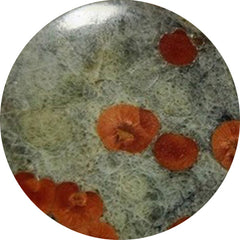 PEANUT OBSIDIAN (45)
PEANUT OBSIDIAN (45)
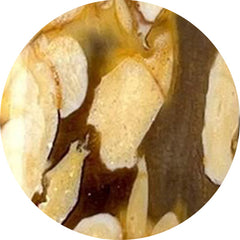 PEANUT WOOD JASPER (91)
PEANUT WOOD JASPER (91)
 Pear Shape Gemstones (11)
Pear Shape Gemstones (11)
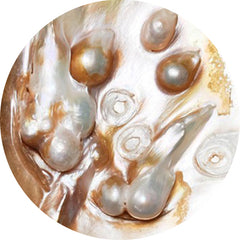 PEARL (643)
PEARL (643)
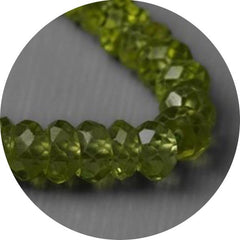 PERIDOT (24)
PERIDOT (24)
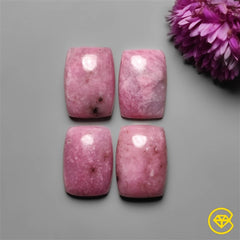 PETALITE (23)
PETALITE (23)
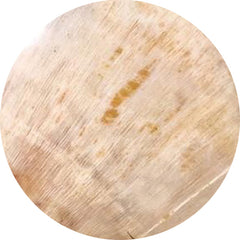 PETRIFIED WOOD (49)
PETRIFIED WOOD (49)
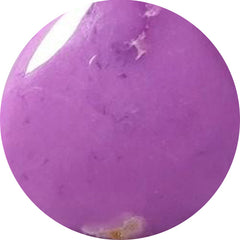 PHOSPHOSIDERITE (97)
PHOSPHOSIDERITE (97)
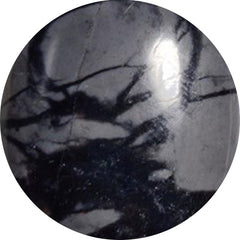 PICASSO JASPER (76)
PICASSO JASPER (76)
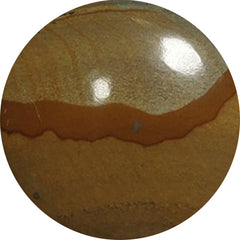 PICTURE JASPER (76)
PICTURE JASPER (76)
 PIETERSITE (65)
PIETERSITE (65)
 Pink Gemstones (425)
Pink Gemstones (425)
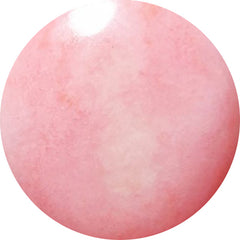 PINK OPAL (156)
PINK OPAL (156)
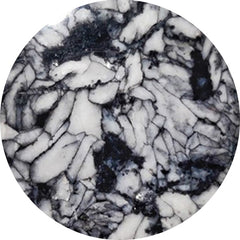 PINOLITH (38)
PINOLITH (38)
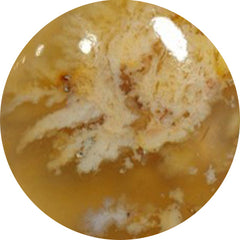 PLUME AGATE (99)
PLUME AGATE (99)
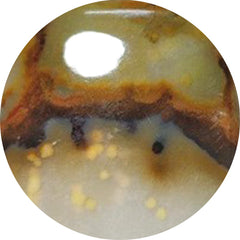 POLKA DOT AGATE (41)
POLKA DOT AGATE (41)
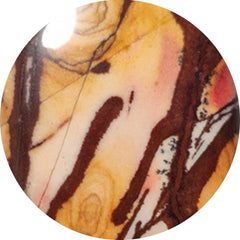 POLYCHROME JASPER (48)
POLYCHROME JASPER (48)
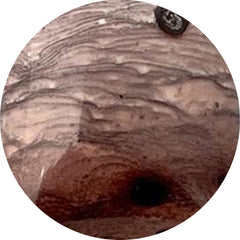 PORCELAIN JASPER (33)
PORCELAIN JASPER (33)
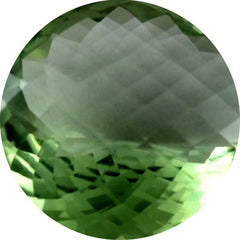 PRASIOLITE (49)
PRASIOLITE (49)
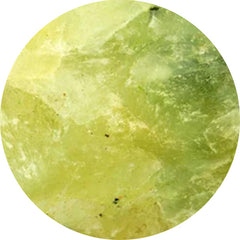 PREHNITE (24)
PREHNITE (24)
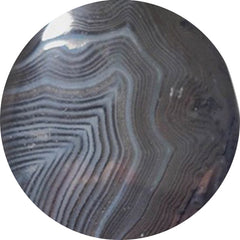 PSILOMELANE (24)
PSILOMELANE (24)
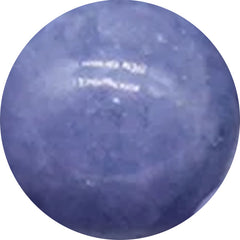 PURPLE CHALCEDONY (45)
PURPLE CHALCEDONY (45)
 Purple Gemstones (948)
Purple Gemstones (948)
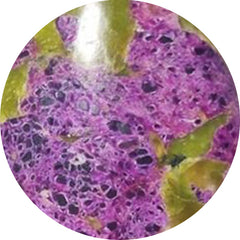 PURPURITE (9)
PURPURITE (9)
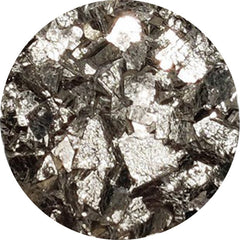 PYRITE (136)
PYRITE (136)
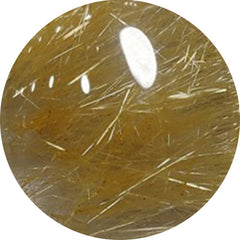 QUARTZ (127)
QUARTZ (127)
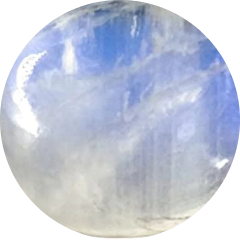 Rain Moonstones (0)
Rain Moonstones (0)
 RAINBOW CALCILICA (13)
RAINBOW CALCILICA (13)
 RAINBOW MOONSTONE (77)
RAINBOW MOONSTONE (77)
 RED FOSSIL (0)
RED FOSSIL (0)
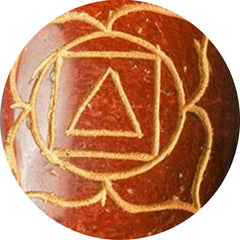 RED JASPER (3)
RED JASPER (3)
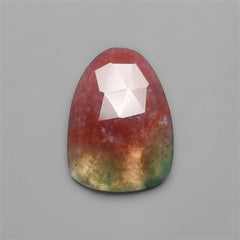 Red Moss Agate (87)
Red Moss Agate (87)
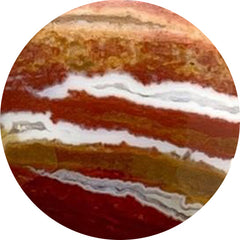 RED RIVER JASPER (16)
RED RIVER JASPER (16)
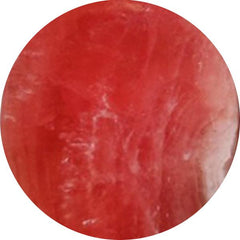 RHODOCHROSITE (363)
RHODOCHROSITE (363)
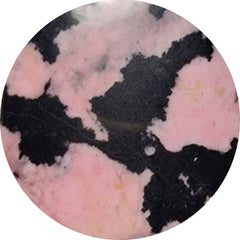 RHODONITE (83)
RHODONITE (83)
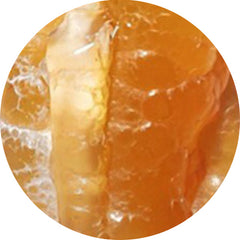 ROCK CHALCEDONY (2)
ROCK CHALCEDONY (2)
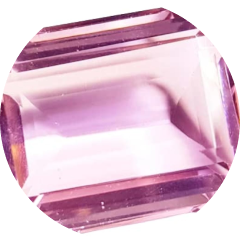 Rose Cut Gemstones (806)
Rose Cut Gemstones (806)
 ROSE QUARTZ (60)
ROSE QUARTZ (60)
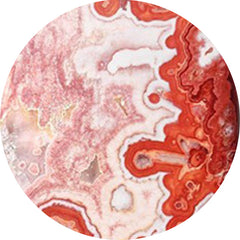 ROSITA JASPER (12)
ROSITA JASPER (12)
 Round Shape Gemstones (8)
Round Shape Gemstones (8)
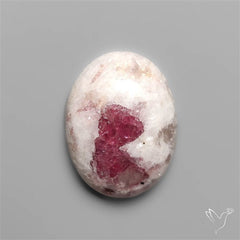 Rubellite (16)
Rubellite (16)
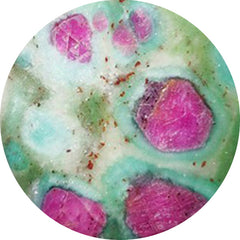 RUBY IN FUCHSITE (6)
RUBY IN FUCHSITE (6)
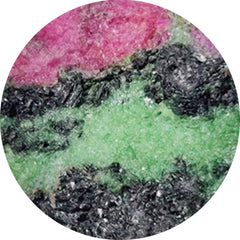 RUBY IN ZOISITE (97)
RUBY IN ZOISITE (97)
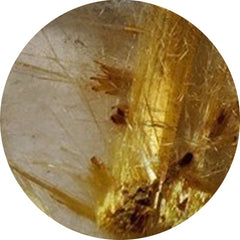 RUTILATED QUARTZ (262)
RUTILATED QUARTZ (262)
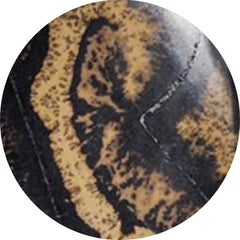 SAGE BRUSH JASPER (0)
SAGE BRUSH JASPER (0)
 SAND DOLLAR FOSSIL (4)
SAND DOLLAR FOSSIL (4)
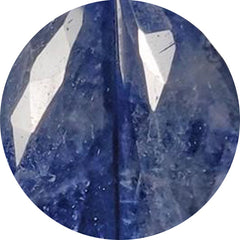 SAPPHIRE (45)
SAPPHIRE (45)
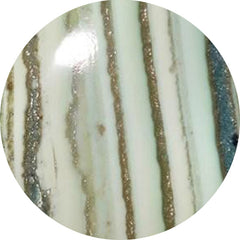 SATURN CHALCEDONY (62)
SATURN CHALCEDONY (62)
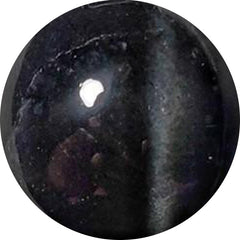 SCAPOLITE (13)
SCAPOLITE (13)
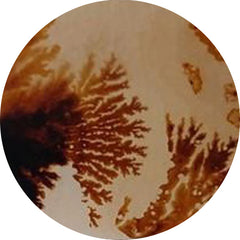 SCENIC AGATE (120)
SCENIC AGATE (120)
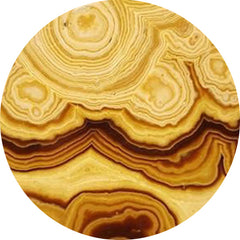 SCHALENBLENDE (102)
SCHALENBLENDE (102)
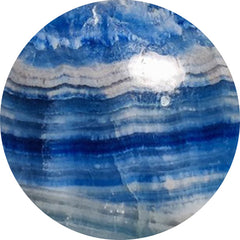 SCHEELITE (37)
SCHEELITE (37)
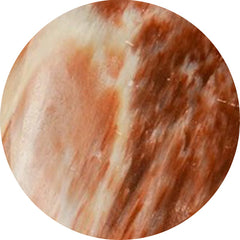 SCOLECITE (51)
SCOLECITE (51)
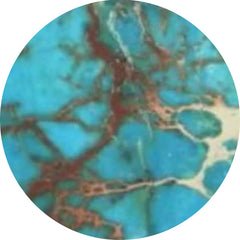 SEA SEDIMENT JASPER (1)
SEA SEDIMENT JASPER (1)
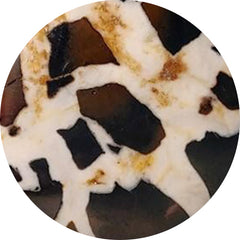 SEPTARIAN (96)
SEPTARIAN (96)
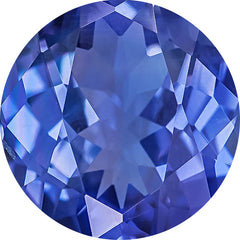 SEPTEMBER BIRTHSTONE (185)
SEPTEMBER BIRTHSTONE (185)
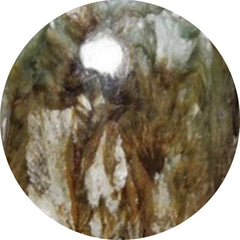 SERAPHINITE (75)
SERAPHINITE (75)
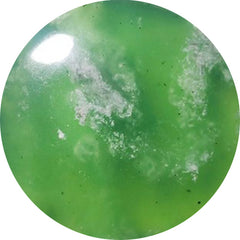 SERPENTINE (182)
SERPENTINE (182)
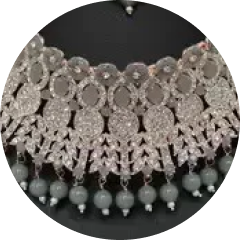 SETS (0)
SETS (0)
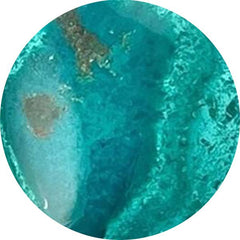 SHATTUCKITE (292)
SHATTUCKITE (292)
 SHELL (282)
SHELL (282)
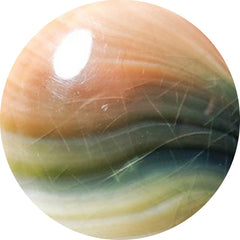 SHIVA EYE SHELL (48)
SHIVA EYE SHELL (48)
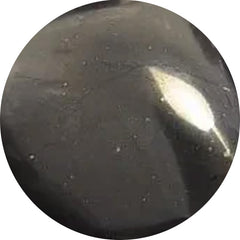 SHUNGITE (5)
SHUNGITE (5)
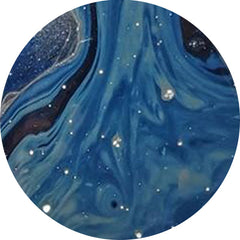 SIEBER AGATE (0)
SIEBER AGATE (0)
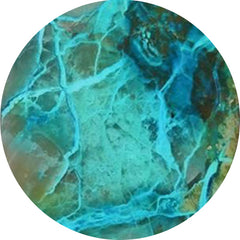 SILICA (4)
SILICA (4)
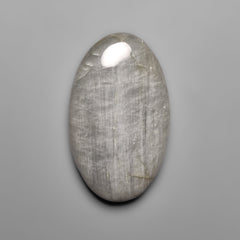 Silver Leaf Jasper (9)
Silver Leaf Jasper (9)
 SKY BLUE TOPAZ (6)
SKY BLUE TOPAZ (6)
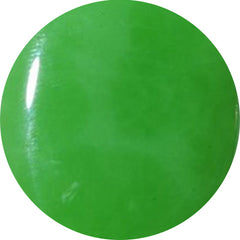 SMITHSONITE (33)
SMITHSONITE (33)
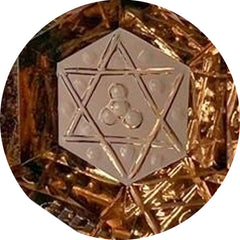 SMOKY QUARTZ (26)
SMOKY QUARTZ (26)
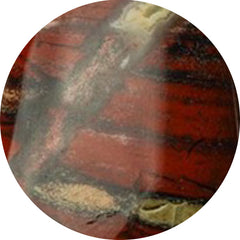 SNAKESKIN JASPER (54)
SNAKESKIN JASPER (54)
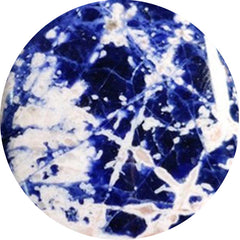 SODALITE (82)
SODALITE (82)
 SOLAR AGATE (0)
SOLAR AGATE (0)
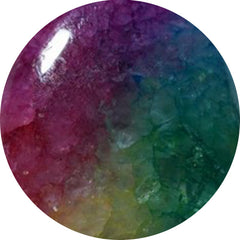 SOLAR QUARTZ (53)
SOLAR QUARTZ (53)
 SPECTROLITE (71)
SPECTROLITE (71)
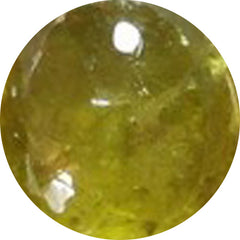 SPHENCE (25)
SPHENCE (25)
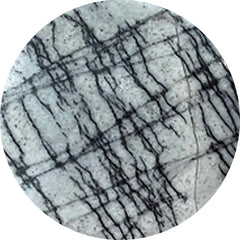 SPIDERWEB JASPER (4)
SPIDERWEB JASPER (4)
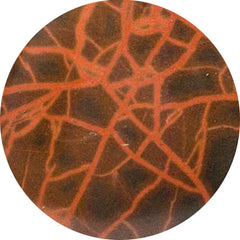 SPIDERWOMAN JASPER (0)
SPIDERWOMAN JASPER (0)
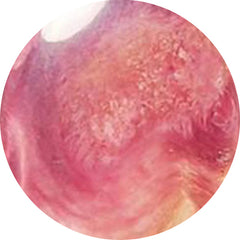 SPINY OYSTER SHELL (59)
SPINY OYSTER SHELL (59)
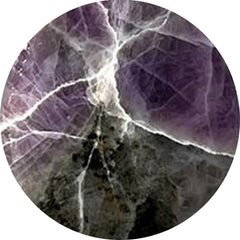 SPURRITE (7)
SPURRITE (7)
 Square Shape Gemstones (5)
Square Shape Gemstones (5)
 STARBURST (1)
STARBURST (1)
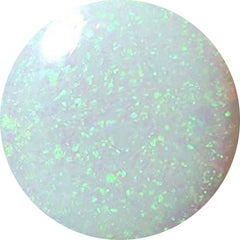 STERLING OPAL (1)
STERLING OPAL (1)
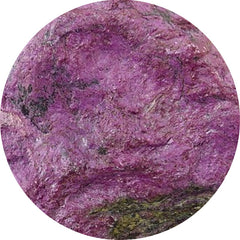 Stichtite (39)
Stichtite (39)
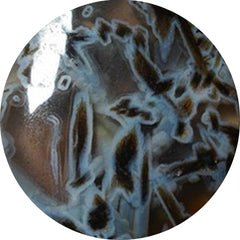 STICK AGATE (8)
STICK AGATE (8)
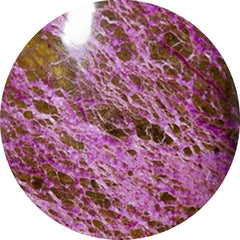 STITCHTITE (125)
STITCHTITE (125)
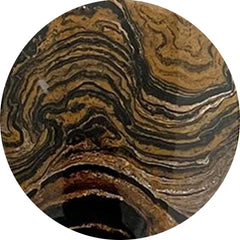 STRAMATOLITE (0)
STRAMATOLITE (0)
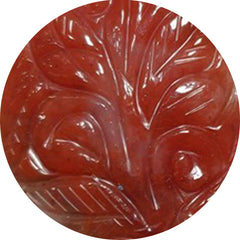 STRAWBERRY QUARTZ (13)
STRAWBERRY QUARTZ (13)
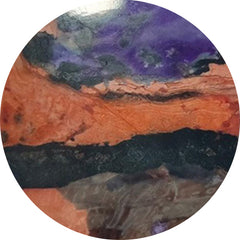 SUGILITE (1)
SUGILITE (1)
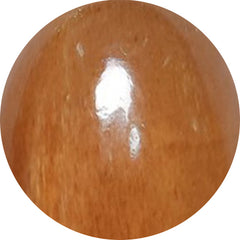 SUNSTONE (209)
SUNSTONE (209)
 SURFITE (1)
SURFITE (1)
 SWISS BLUE TOPAZ (35)
SWISS BLUE TOPAZ (35)
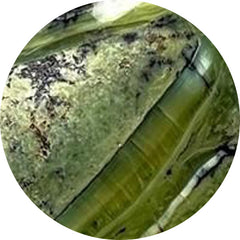 SWISS OPAL (0)
SWISS OPAL (0)
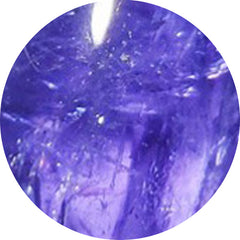 TANZANITE (31)
TANZANITE (31)
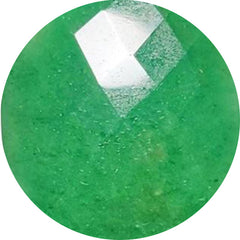 TANZURINE (11)
TANZURINE (11)
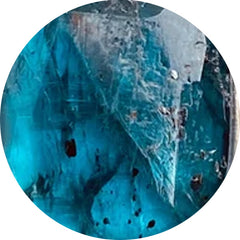 TEAL KYANITE (9)
TEAL KYANITE (9)
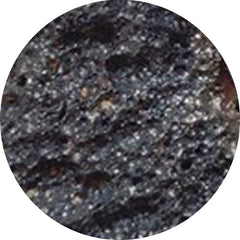 TEKTITE (42)
TEKTITE (42)
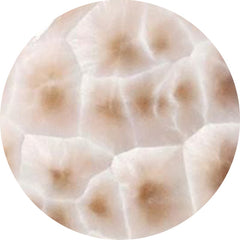 THOMSONITE (36)
THOMSONITE (36)
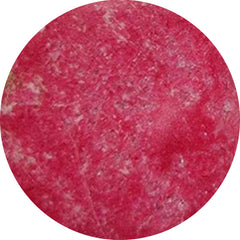 THULITE (91)
THULITE (91)
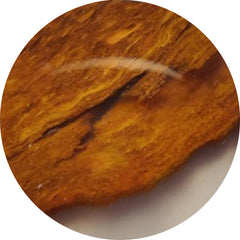 THUNDER EGG AGATE (0)
THUNDER EGG AGATE (0)
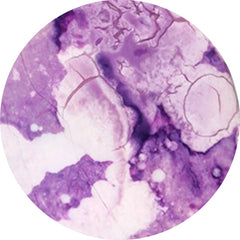 TIFFANY STONE (8)
TIFFANY STONE (8)
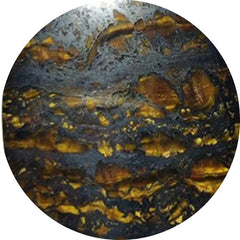 TIGER EYE (70)
TIGER EYE (70)
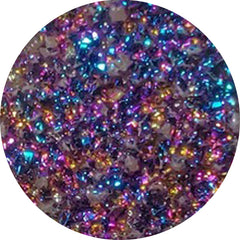 TITANIUM DRUZY (9)
TITANIUM DRUZY (9)
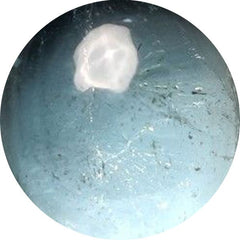 TOPAZ (66)
TOPAZ (66)
 TOURMALINE (191)
TOURMALINE (191)
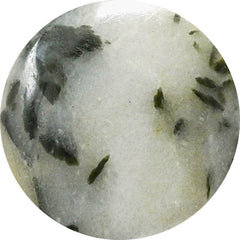 TOURMALINE IN QUARTZ (90)
TOURMALINE IN QUARTZ (90)
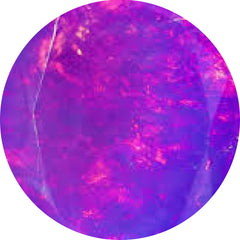 TREATED OPAL (37)
TREATED OPAL (37)
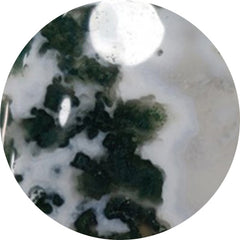 TREE AGATE (31)
TREE AGATE (31)
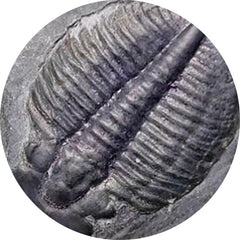 TRILOBITE FOSSIL (14)
TRILOBITE FOSSIL (14)
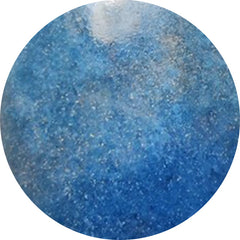 TROLLEITE QUARTZ (30)
TROLLEITE QUARTZ (30)
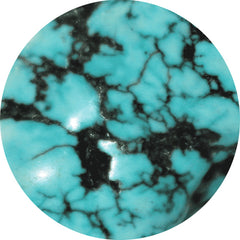 TUMBLES (1)
TUMBLES (1)
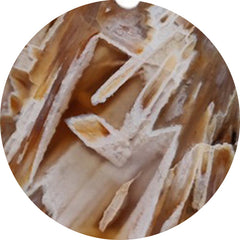 TURKISH TUBE AGATE (65)
TURKISH TUBE AGATE (65)
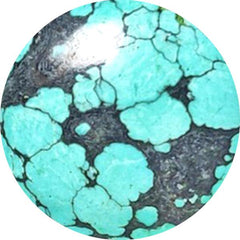 TURQUOISE (286)
TURQUOISE (286)
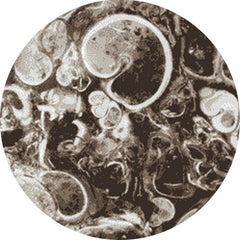 TURRITELLA JASPER (2)
TURRITELLA JASPER (2)
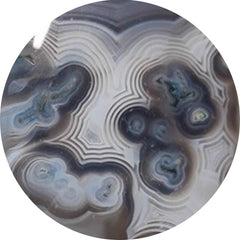 TUXEDO AGATE (75)
TUXEDO AGATE (75)
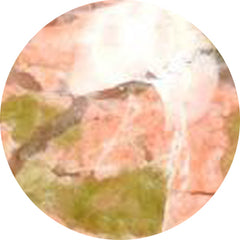 Unakite (5)
Unakite (5)
 UNDER $10 (4371)
UNDER $10 (4371)
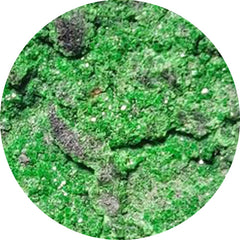 UVAROVITE GARNET (3)
UVAROVITE GARNET (3)
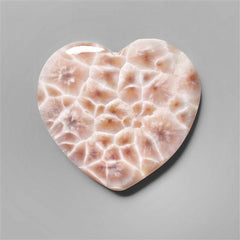 Valentine (748)
Valentine (748)
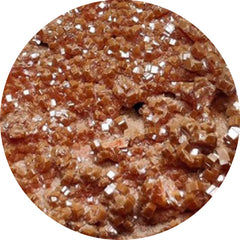 VANADINITE DRUZY (10)
VANADINITE DRUZY (10)
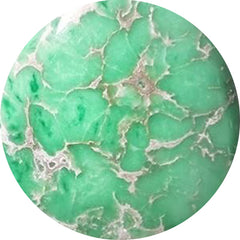 VARISCITE (135)
VARISCITE (135)
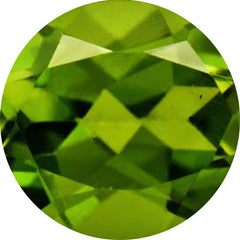 VESUVIANITE (1)
VESUVIANITE (1)
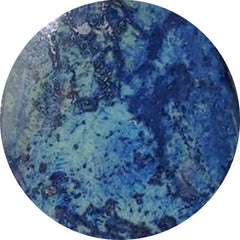 VIVIANITE (0)
VIVIANITE (0)
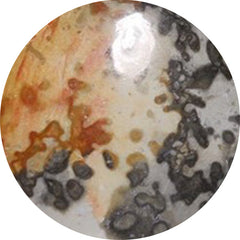 VOLCANIC COTHAM MARBLE (7)
VOLCANIC COTHAM MARBLE (7)
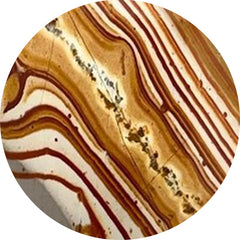 WAGUL JASPER (3)
WAGUL JASPER (3)
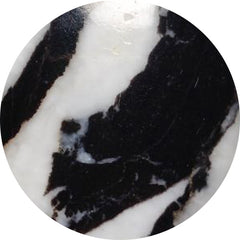 WHITE BUFFALO TURQUOISE (24)
WHITE BUFFALO TURQUOISE (24)
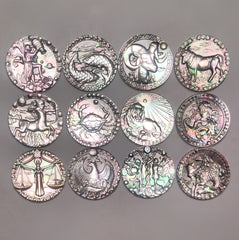 White Gemstones (1092)
White Gemstones (1092)
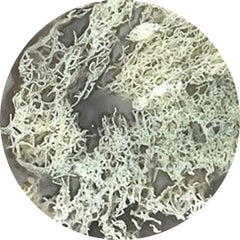 WHITE HORSE CANYON (47)
WHITE HORSE CANYON (47)
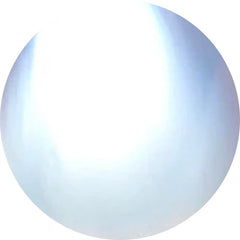 WHITE MOONSTONE (43)
WHITE MOONSTONE (43)
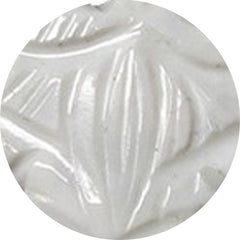 WHITE OPAL (13)
WHITE OPAL (13)
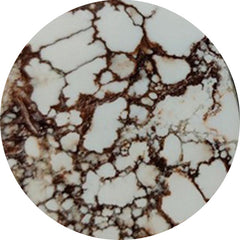 WILD HORSE JASPER (128)
WILD HORSE JASPER (128)
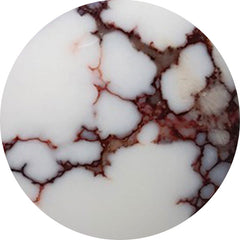 WILD HORSE MAGNESITE (51)
WILD HORSE MAGNESITE (51)
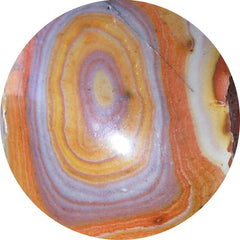 WONDER STONE (1)
WONDER STONE (1)
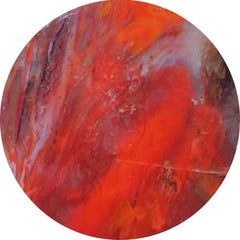 WOOD (208)
WOOD (208)
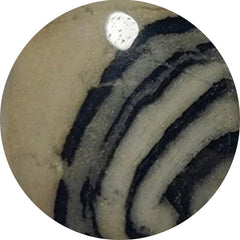 YAVAPAI TRAVERTINE (0)
YAVAPAI TRAVERTINE (0)
 Yellow Gemstones (165)
Yellow Gemstones (165)
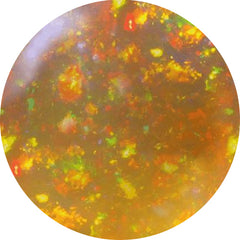 YELLOW OPAL (8)
YELLOW OPAL (8)
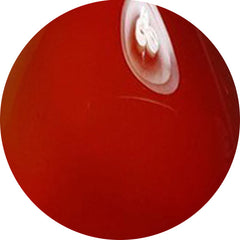 YEMENI AQEEQ (0)
YEMENI AQEEQ (0)
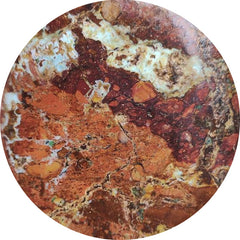 ZARINITE (0)
ZARINITE (0)
 ZEBRA JASPER (1)
ZEBRA JASPER (1)
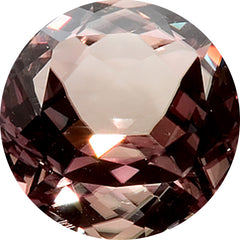 ZULTANITE (5)
ZULTANITE (5)
















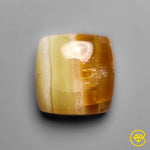

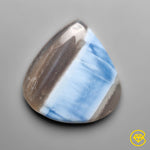
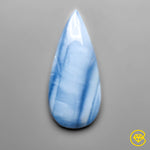
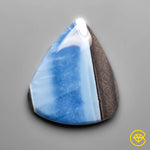


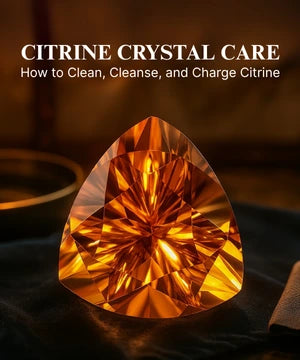




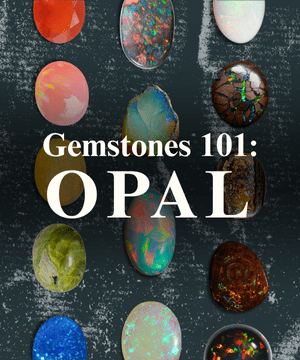

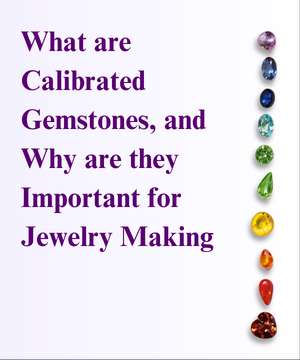



Leave a Comment